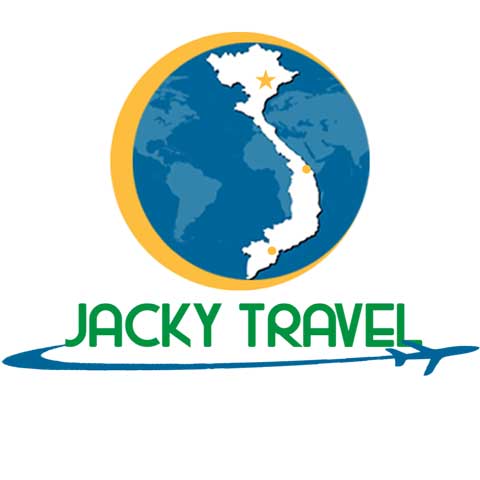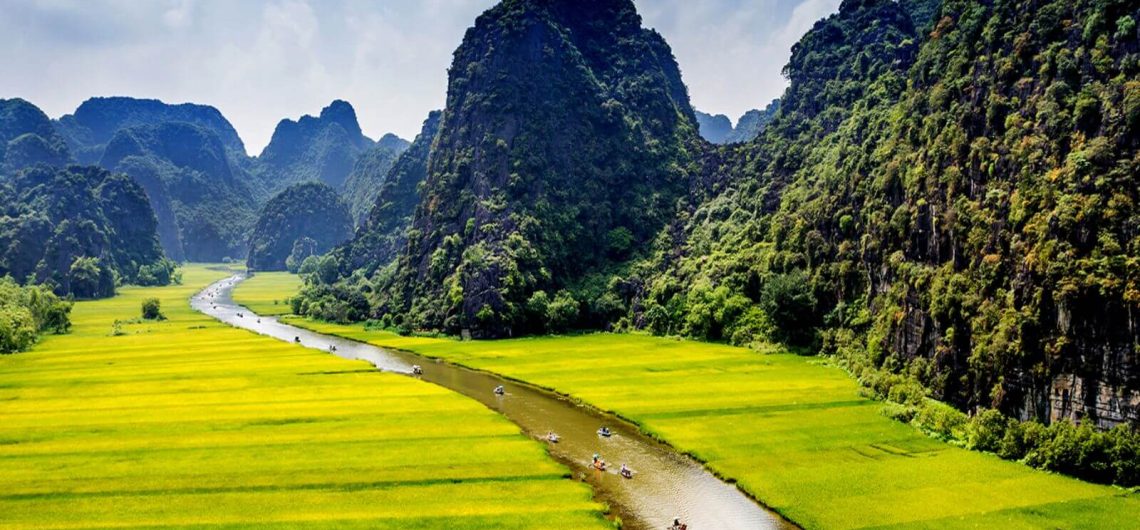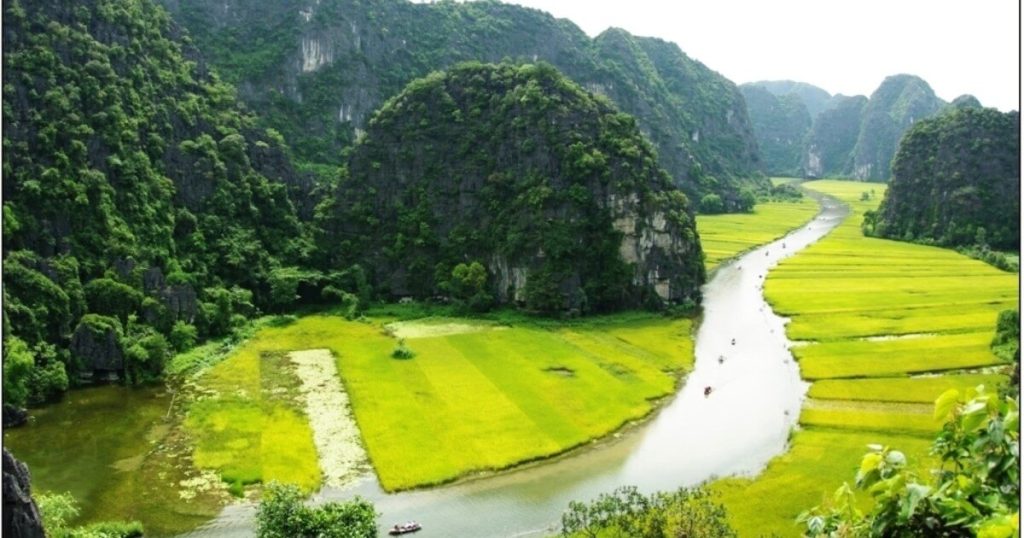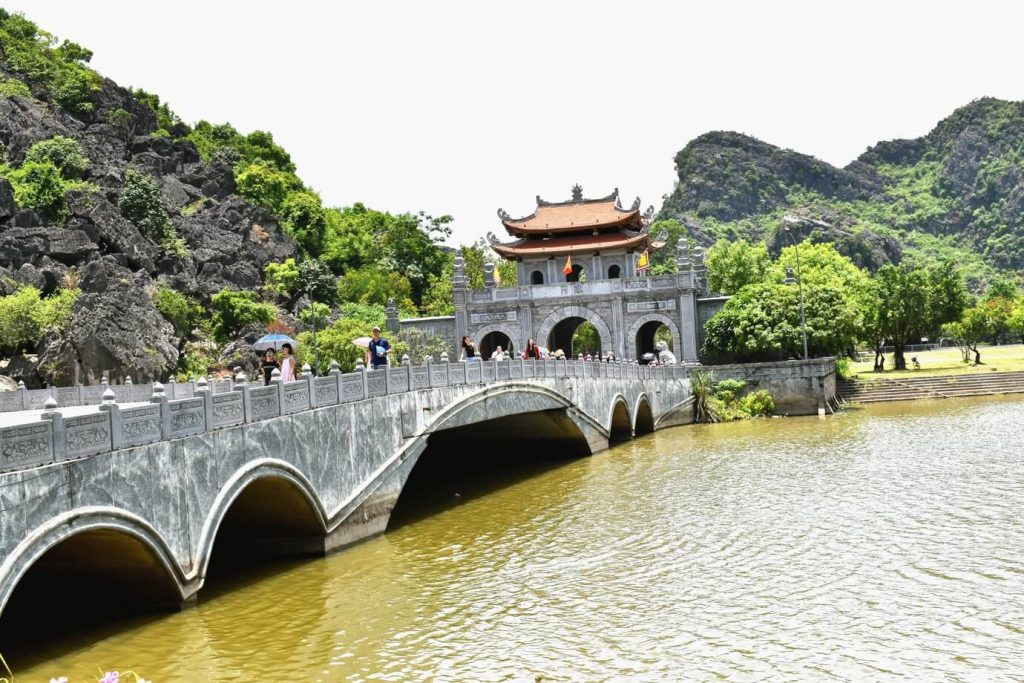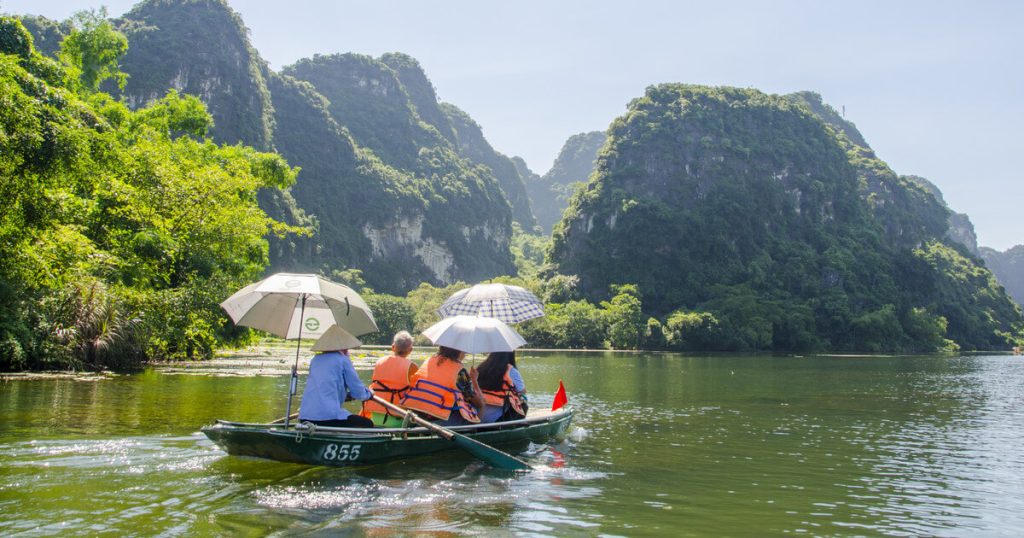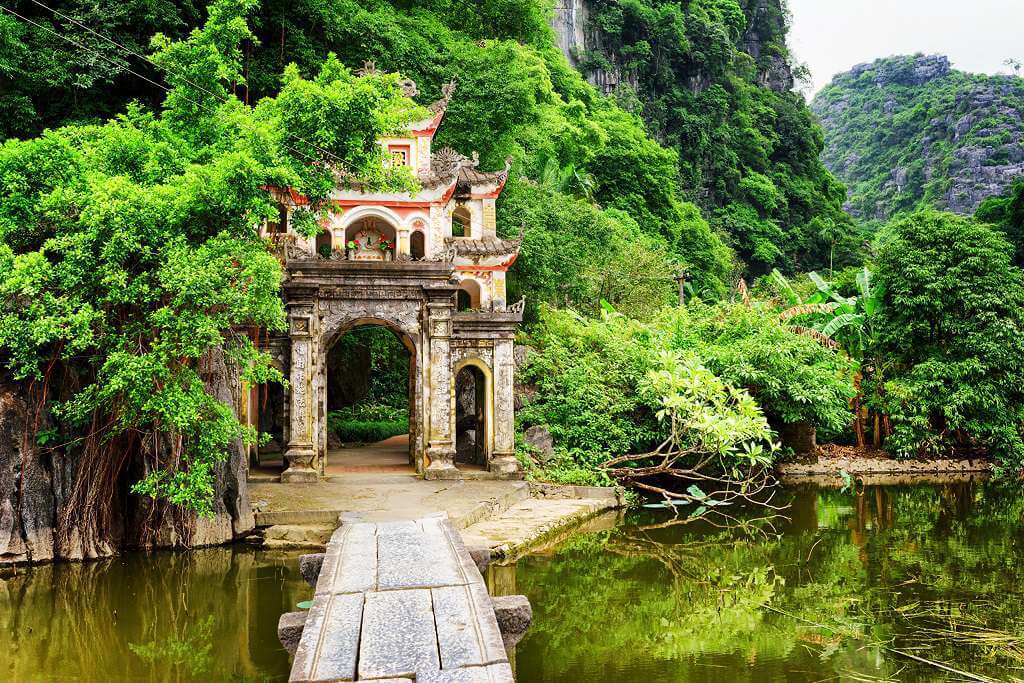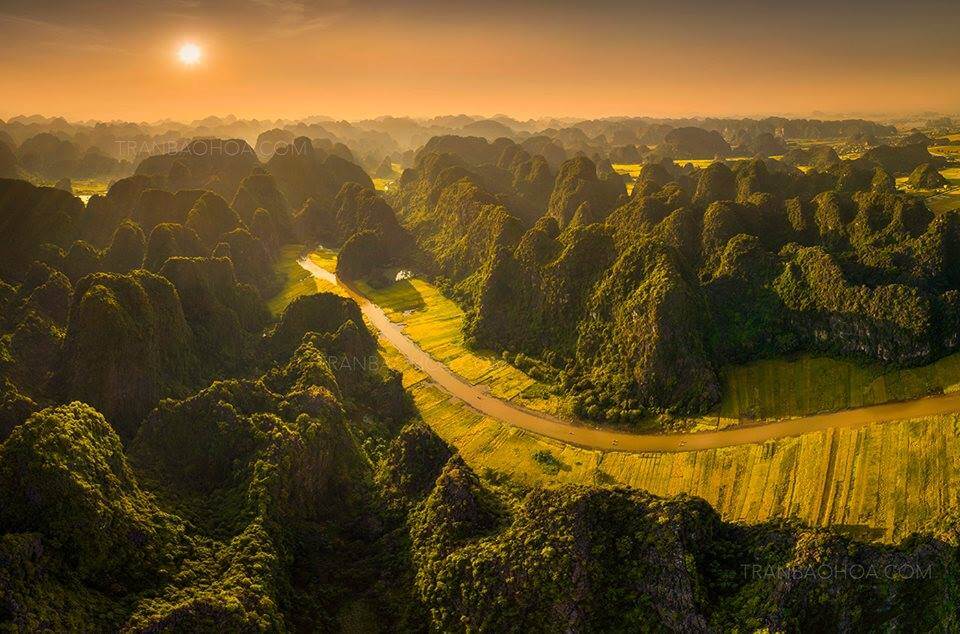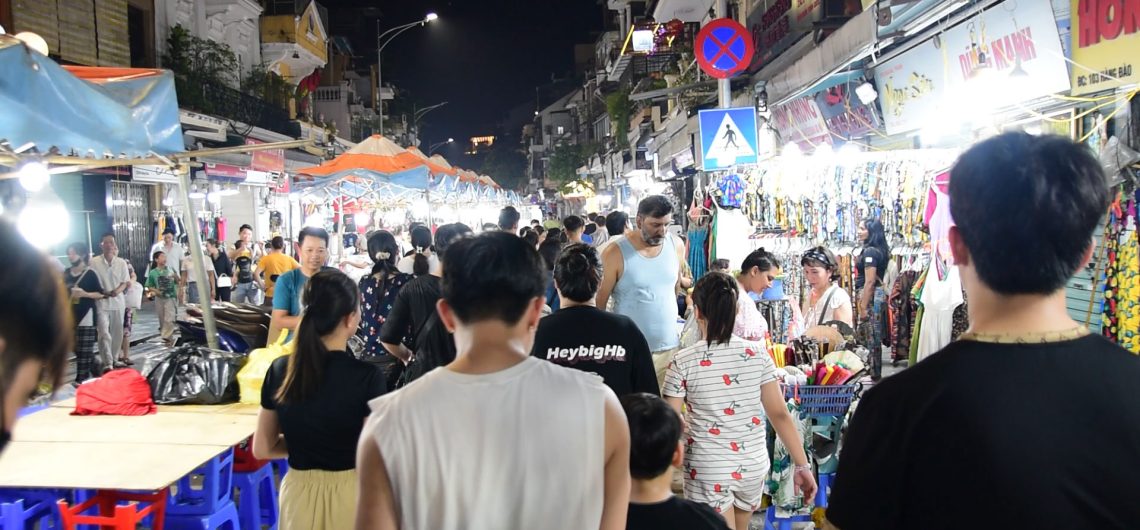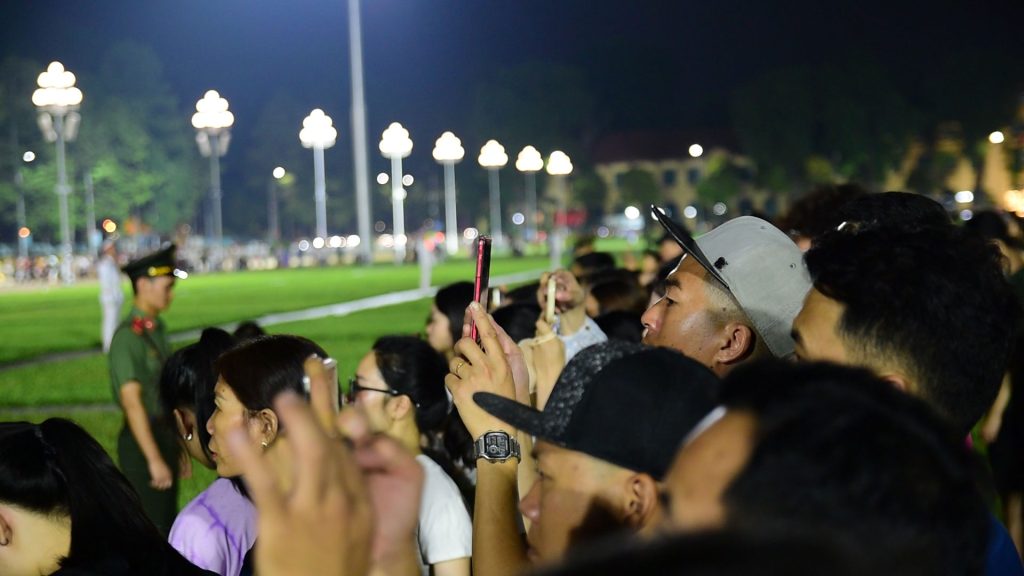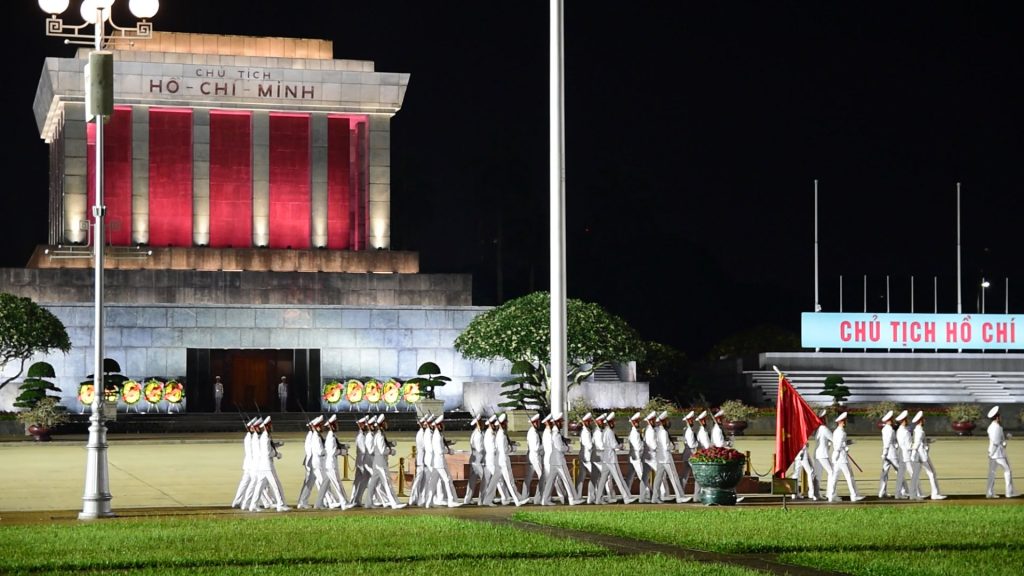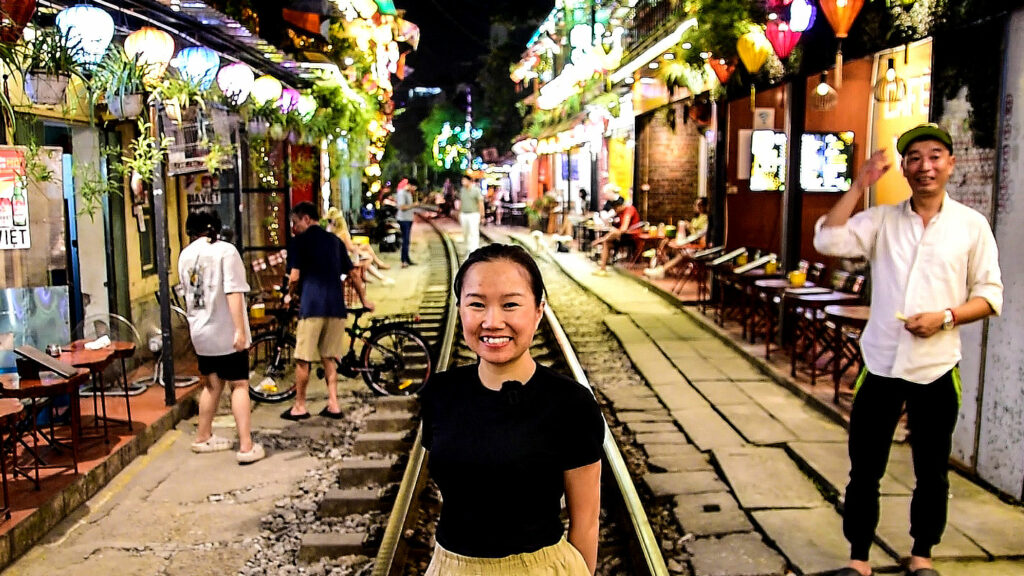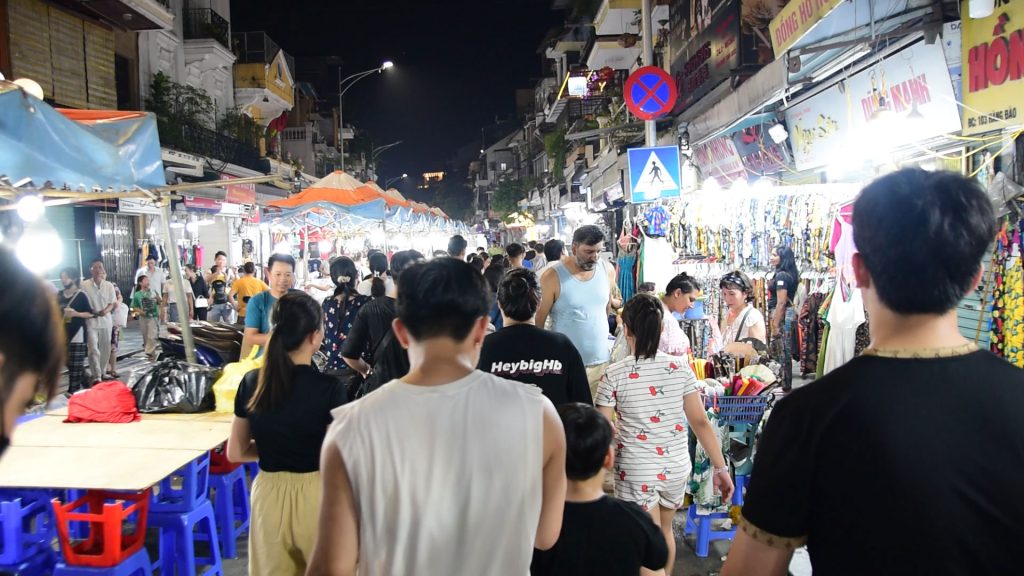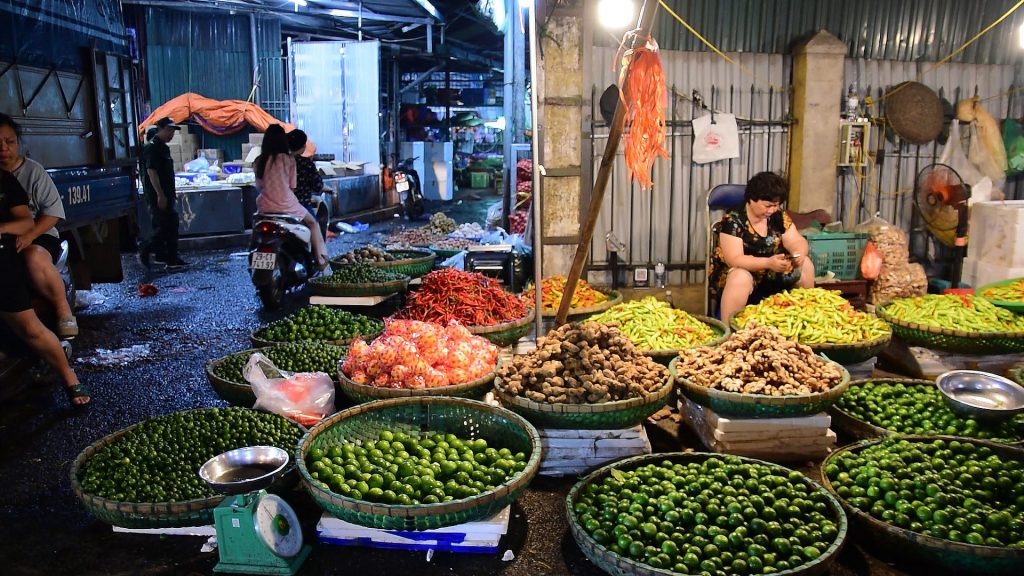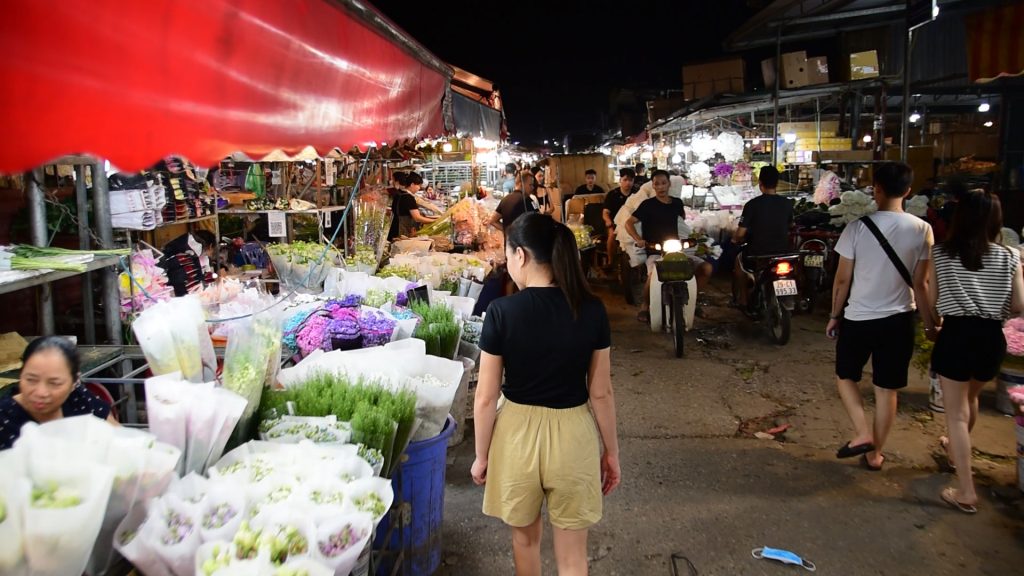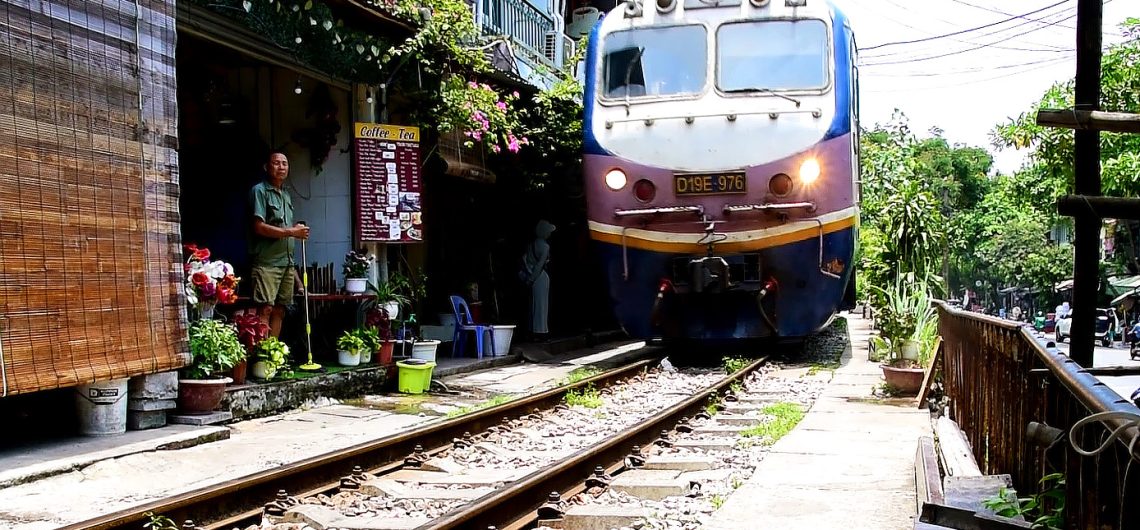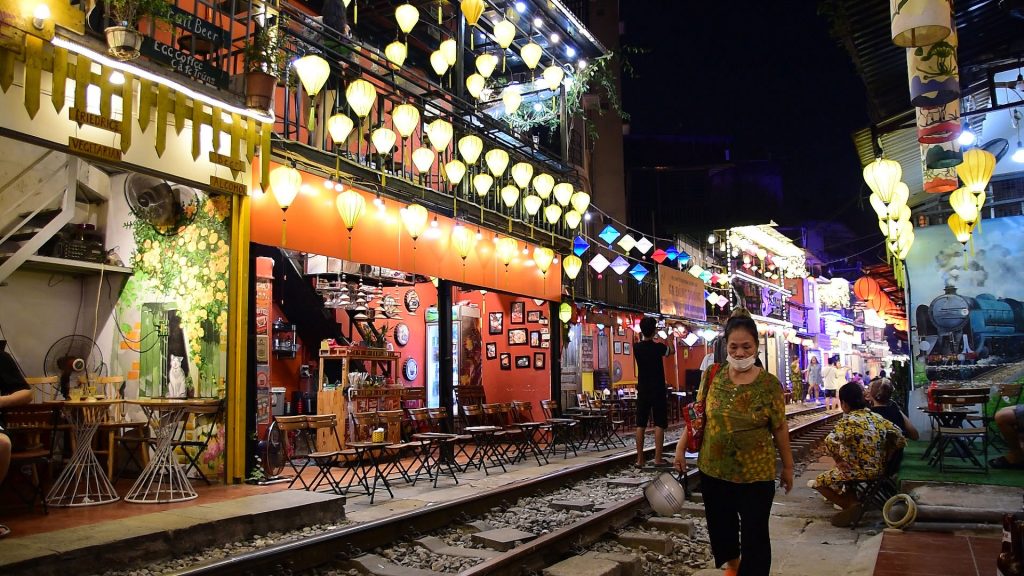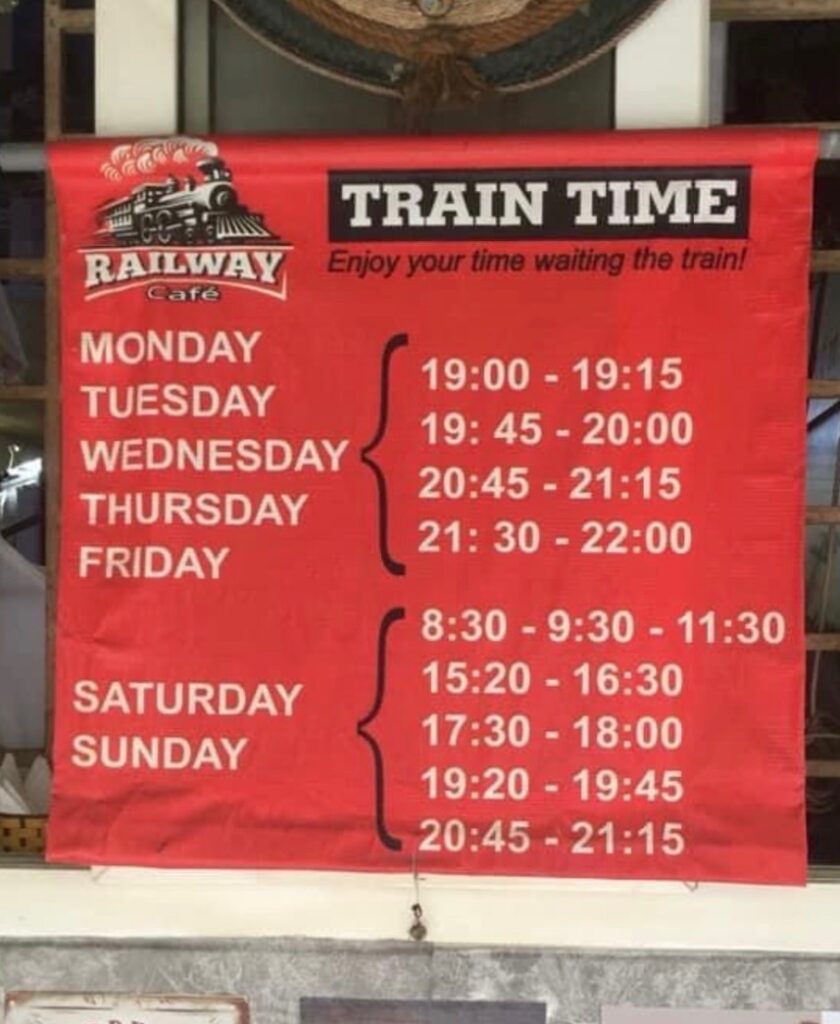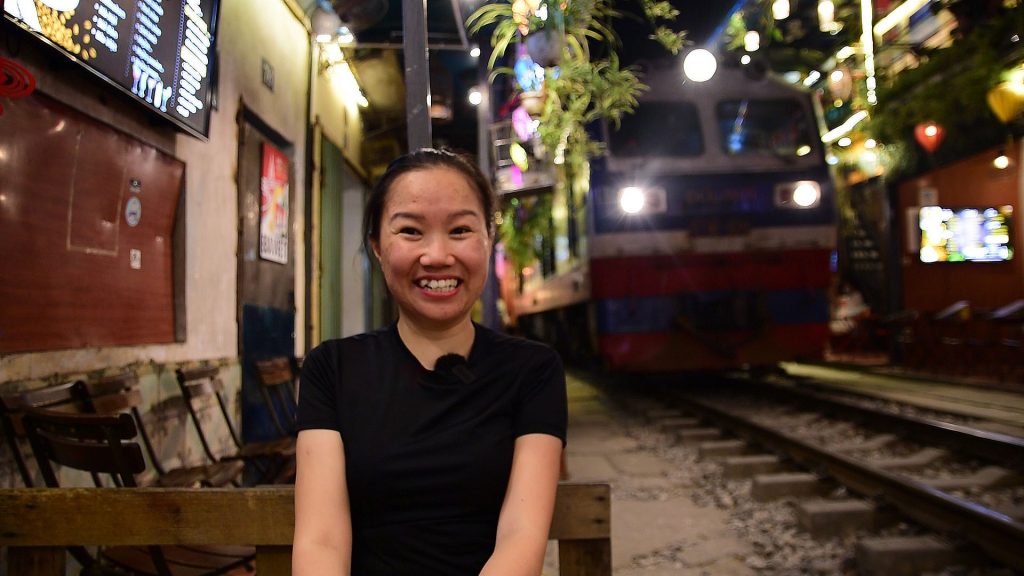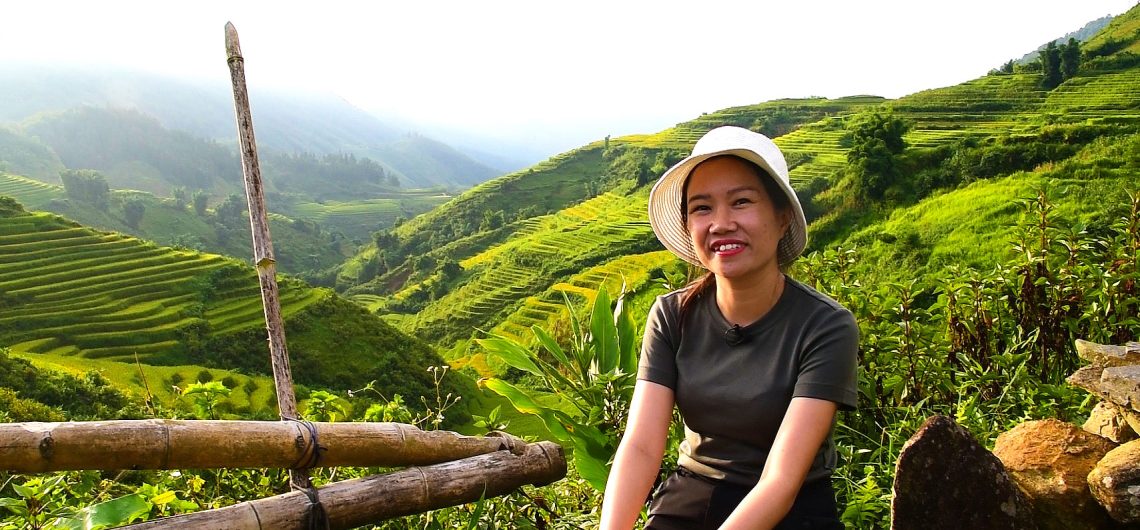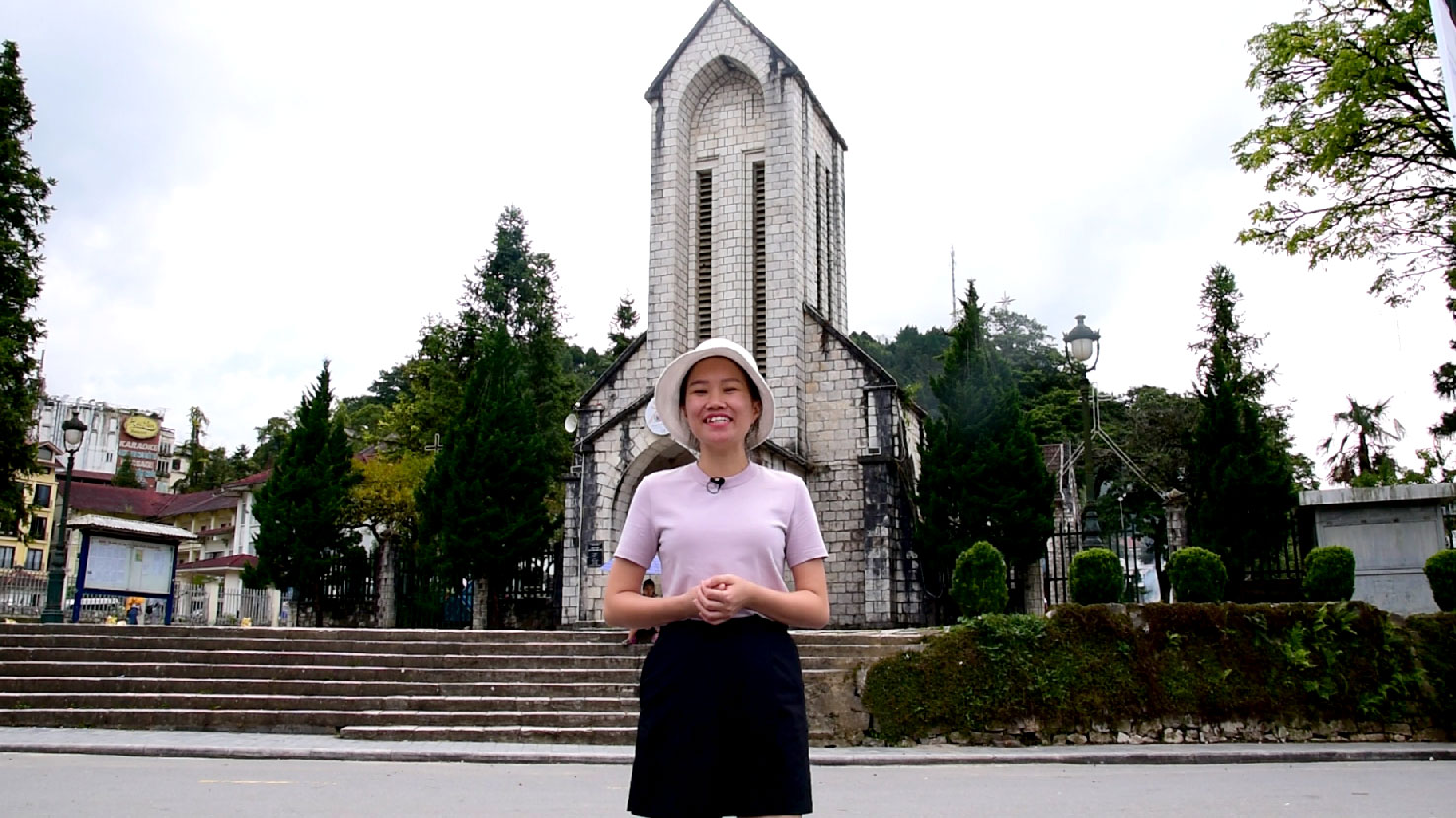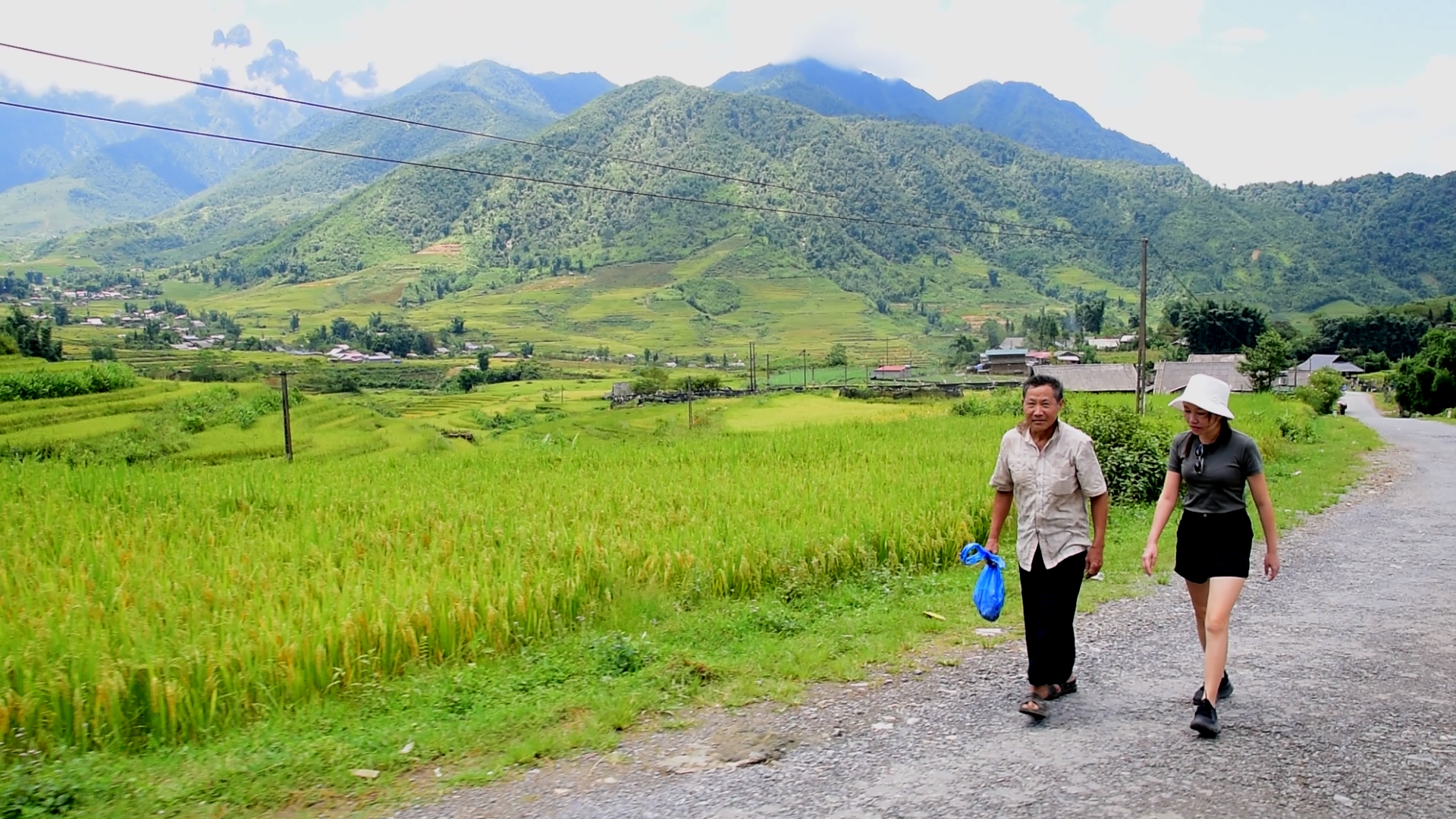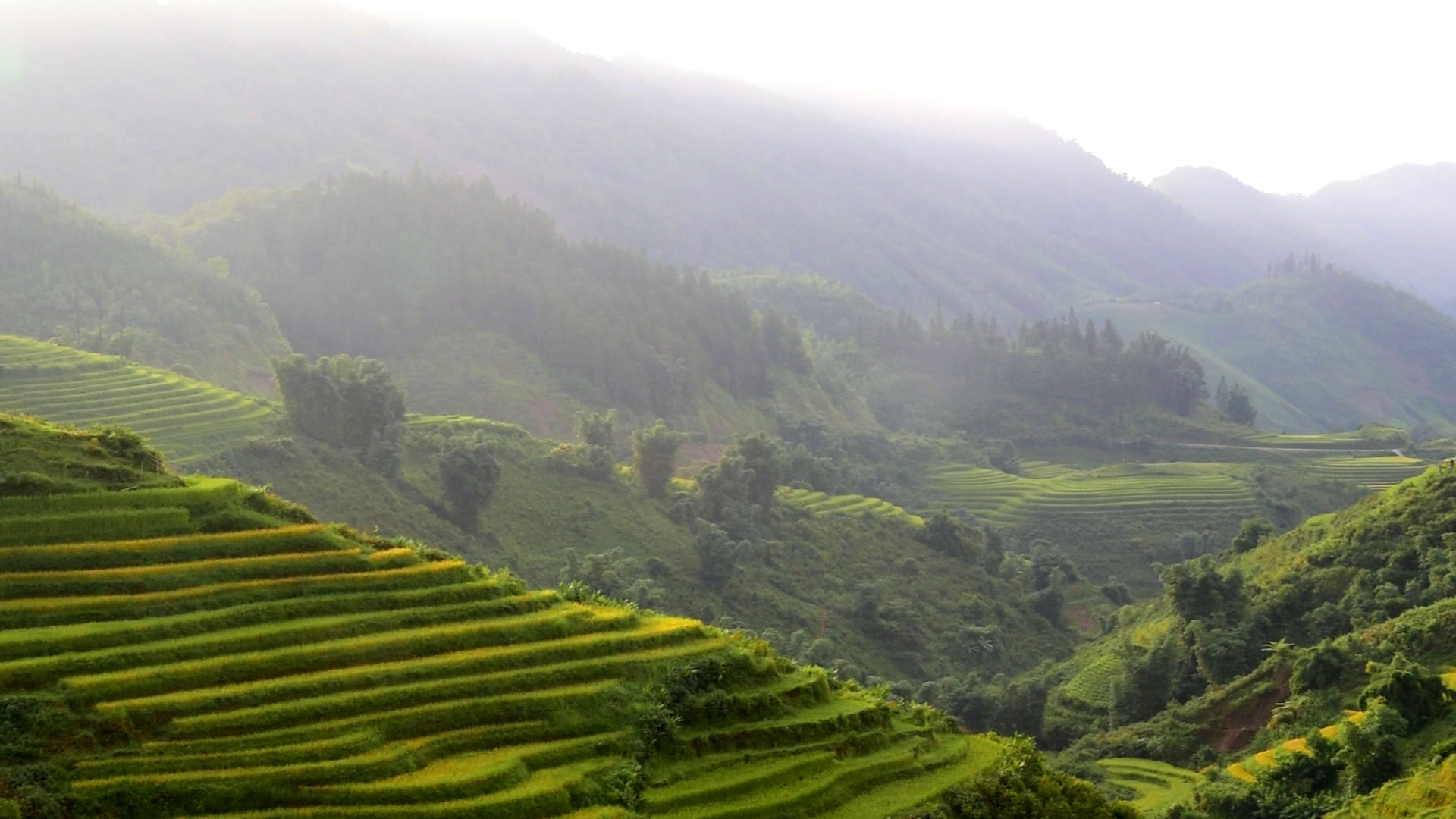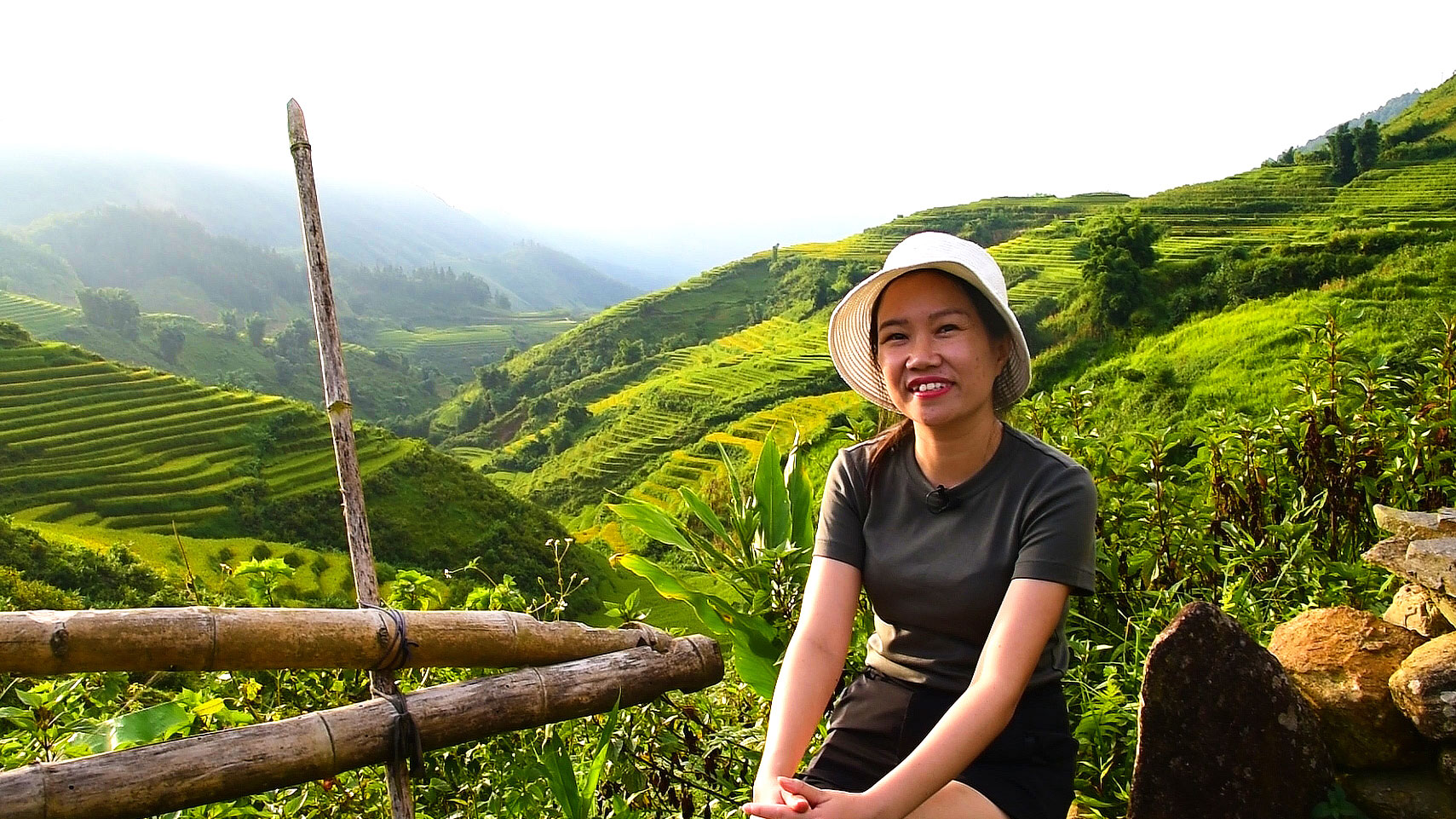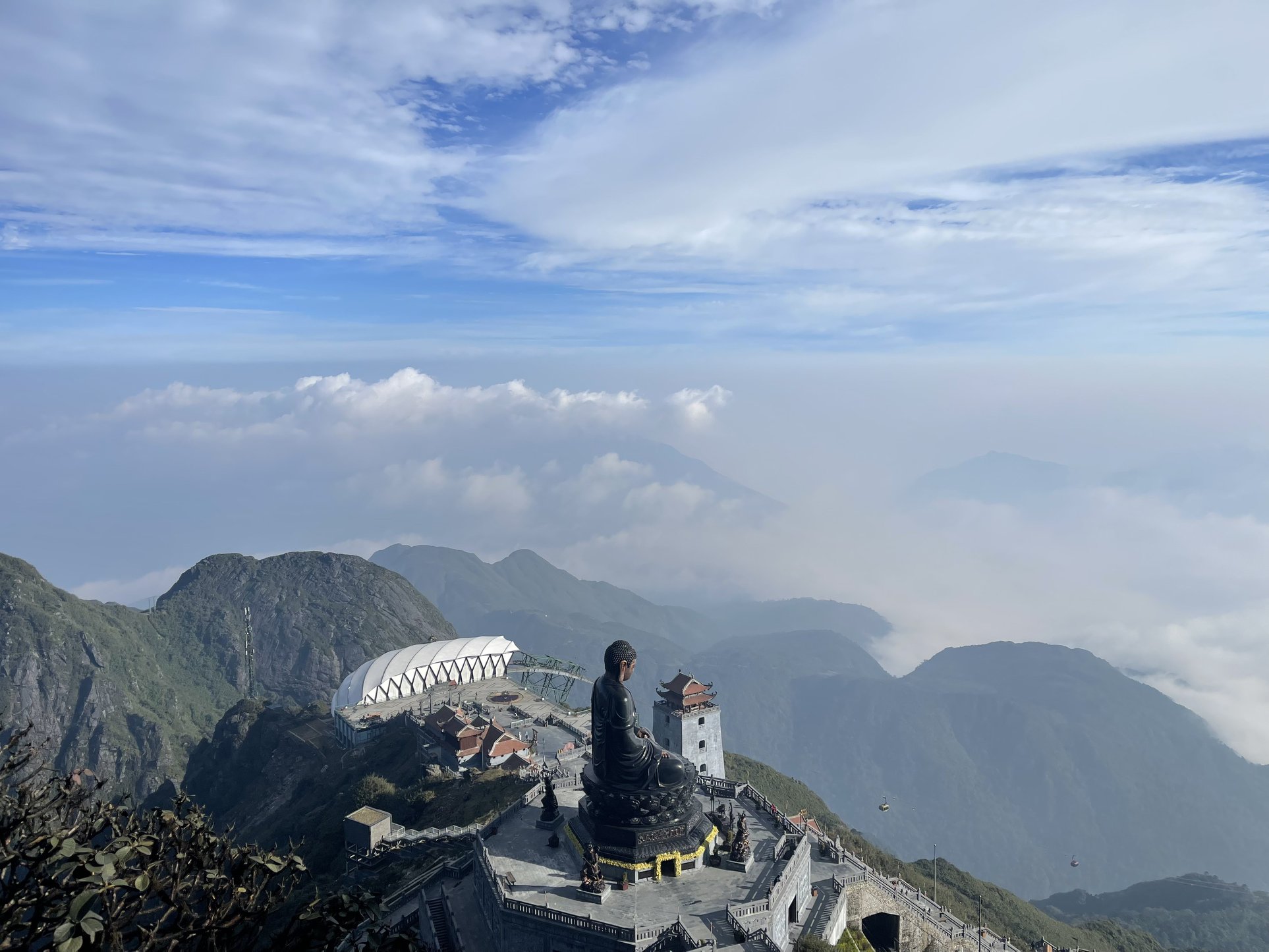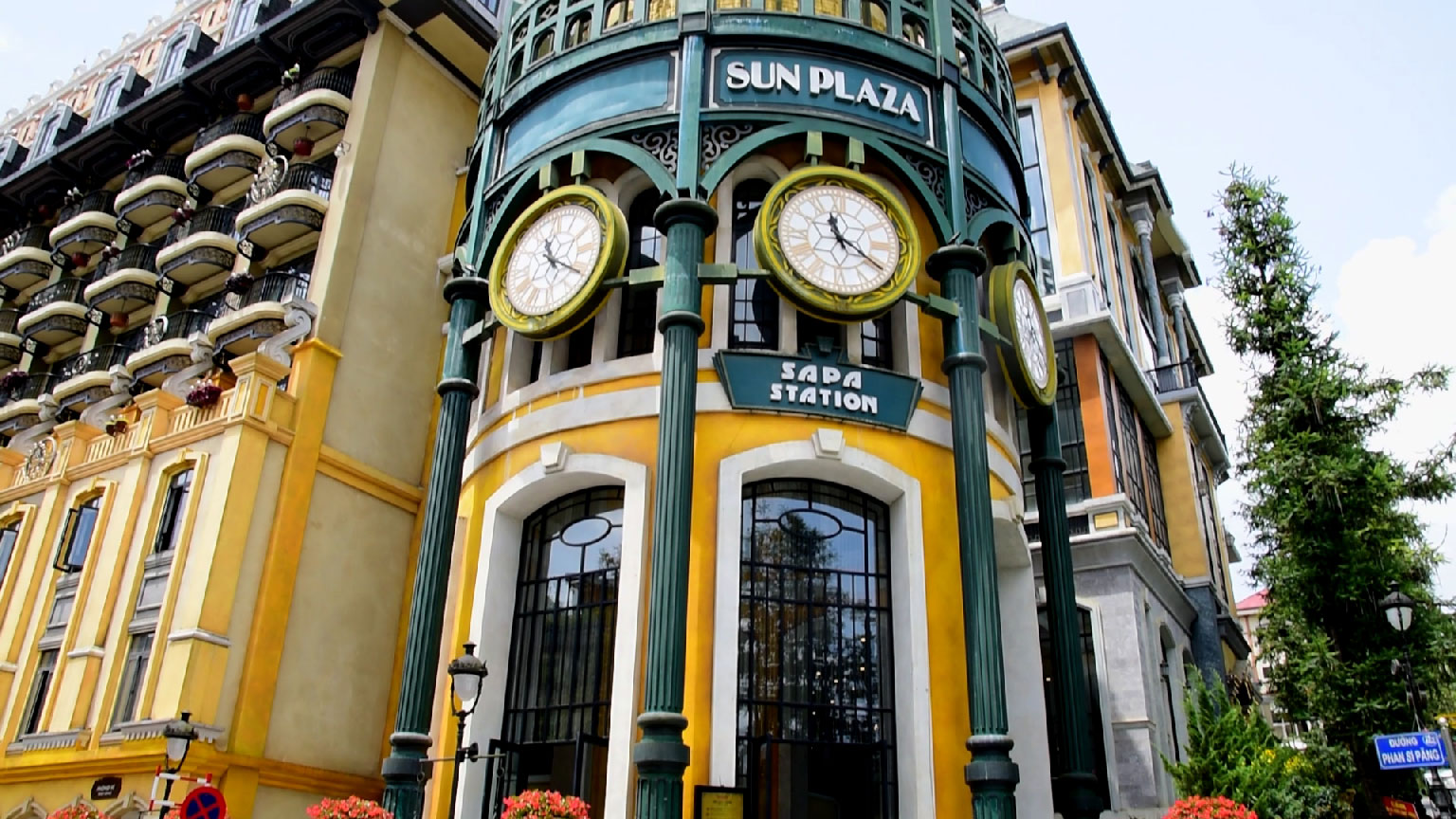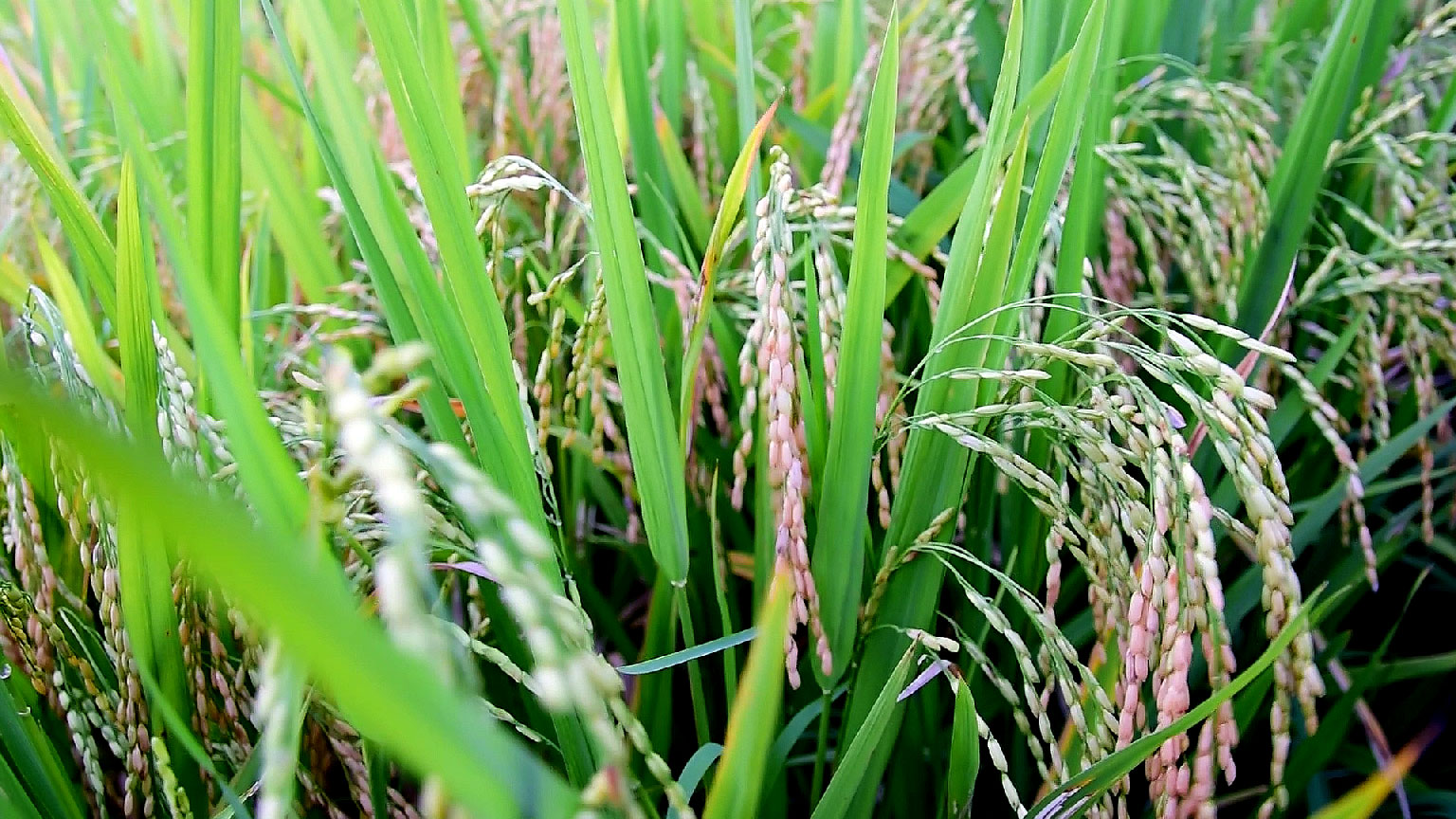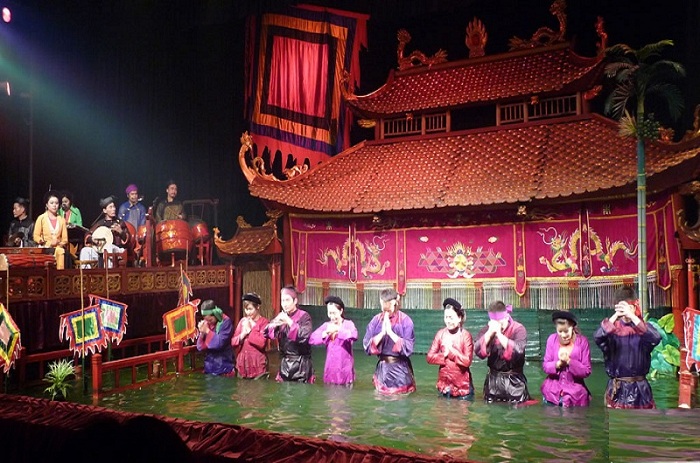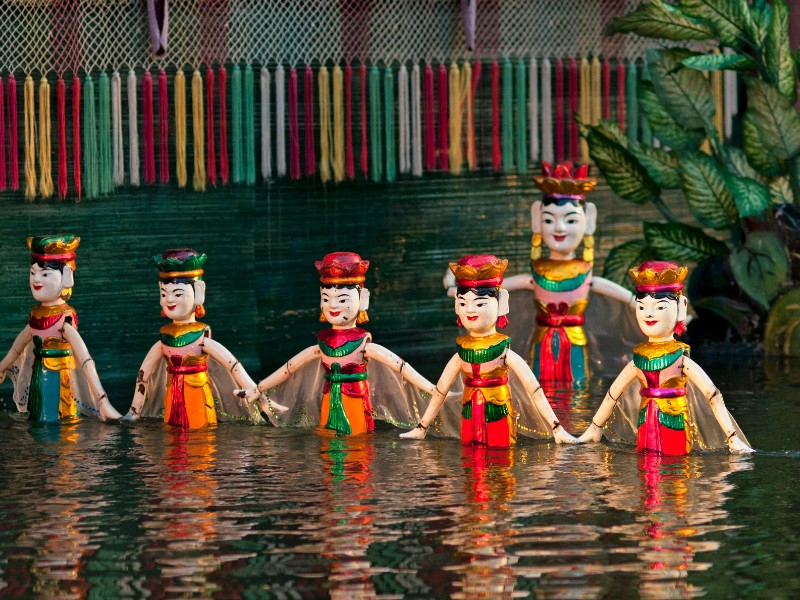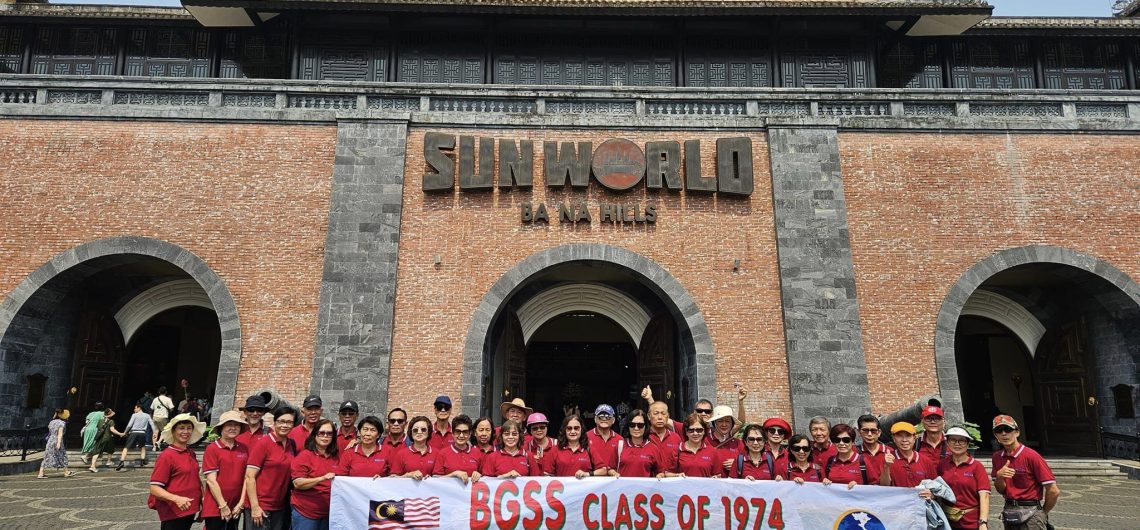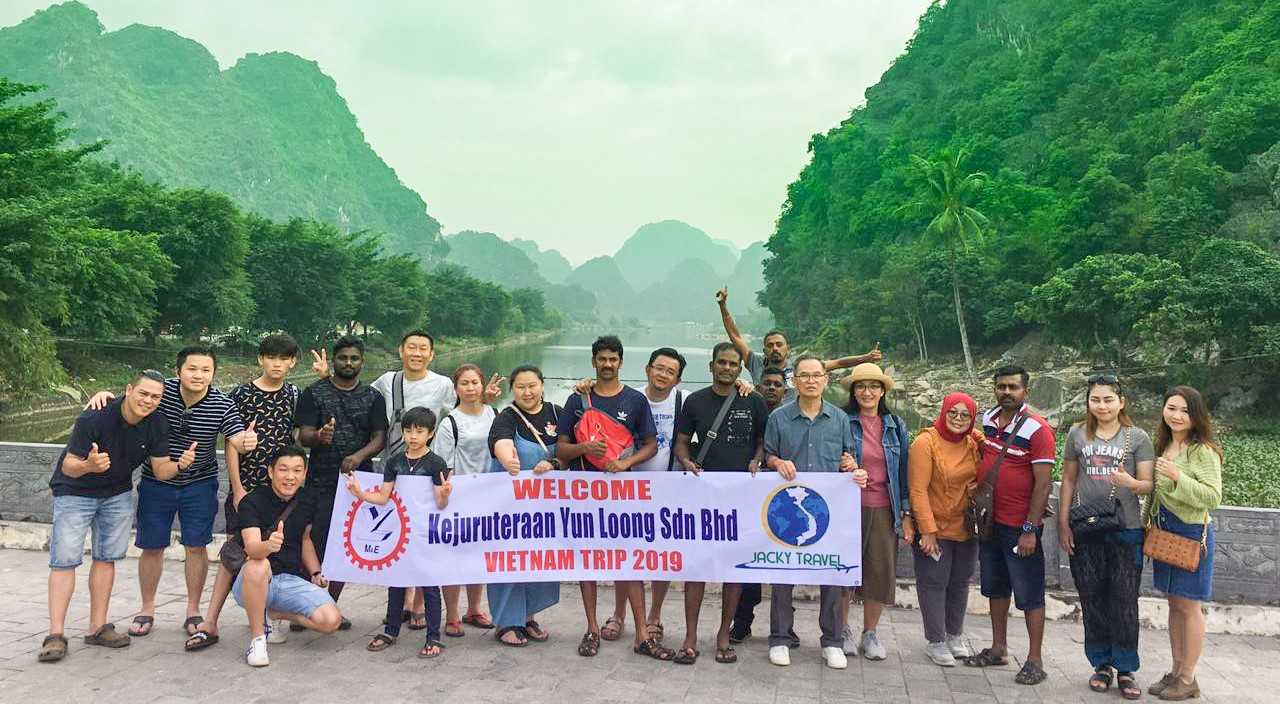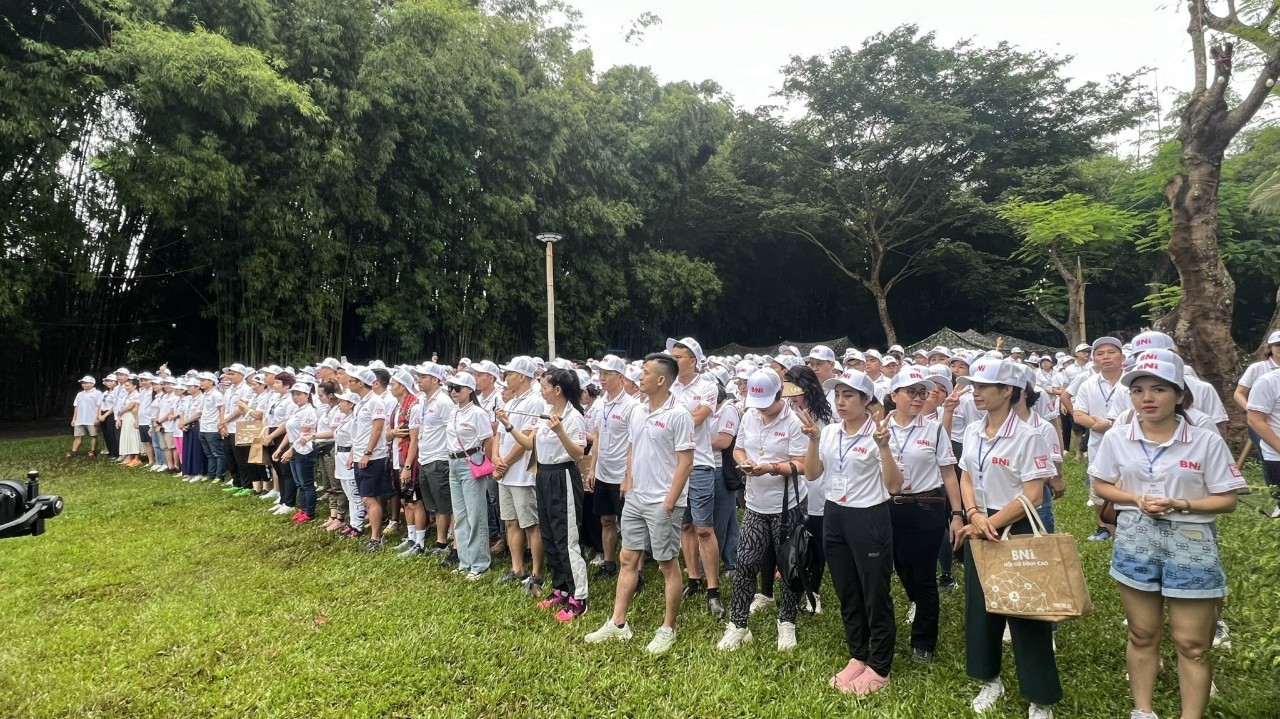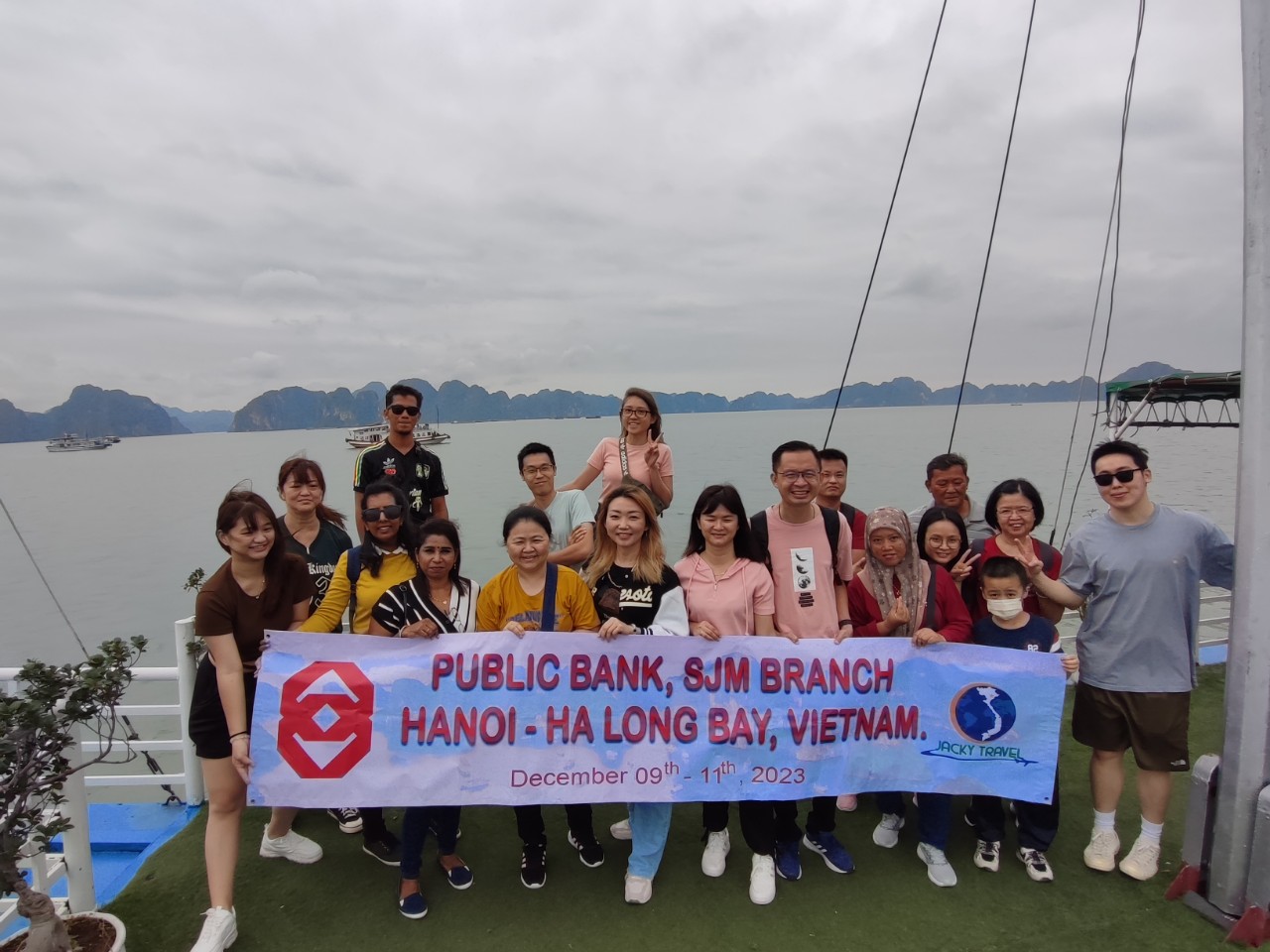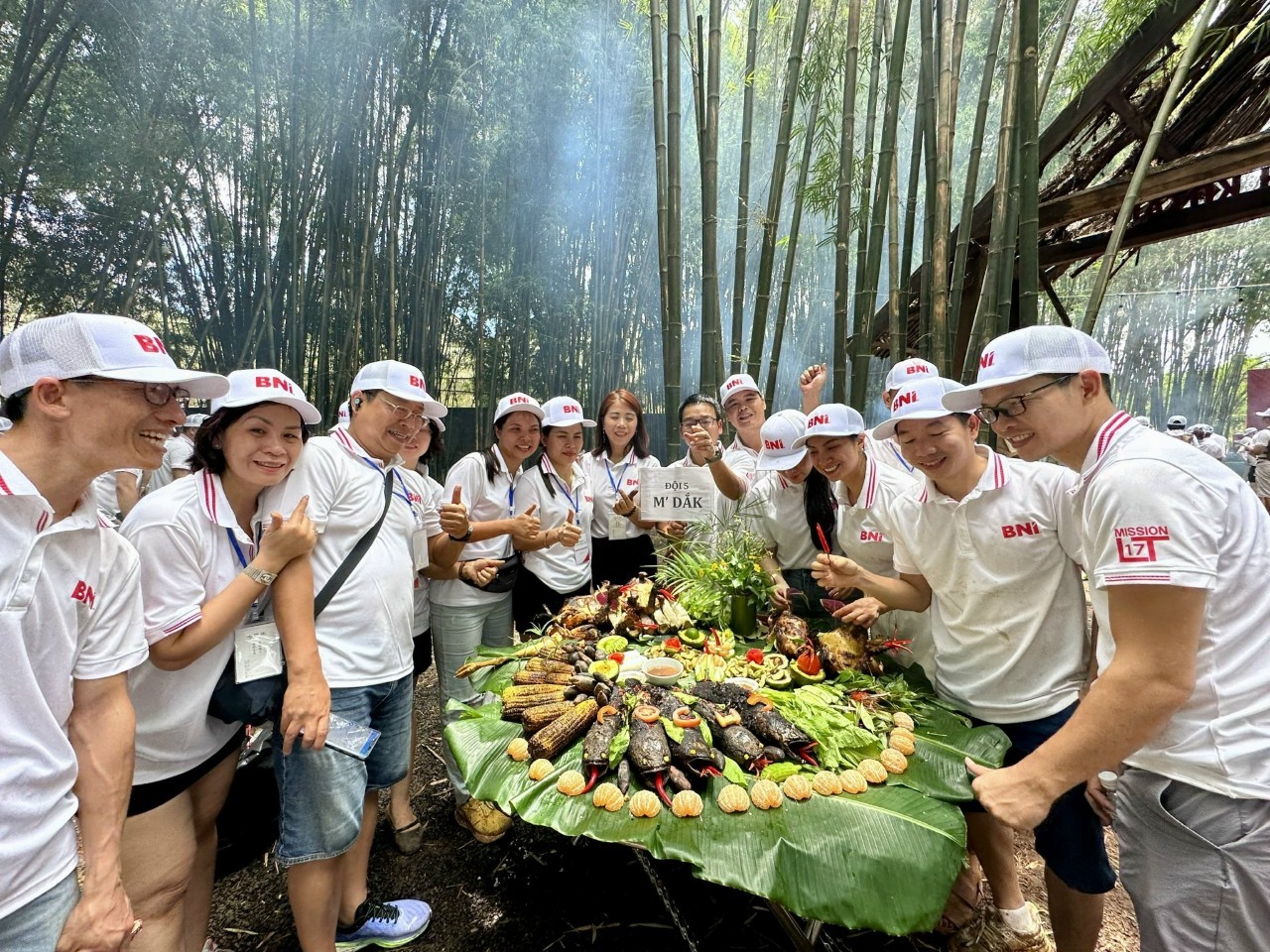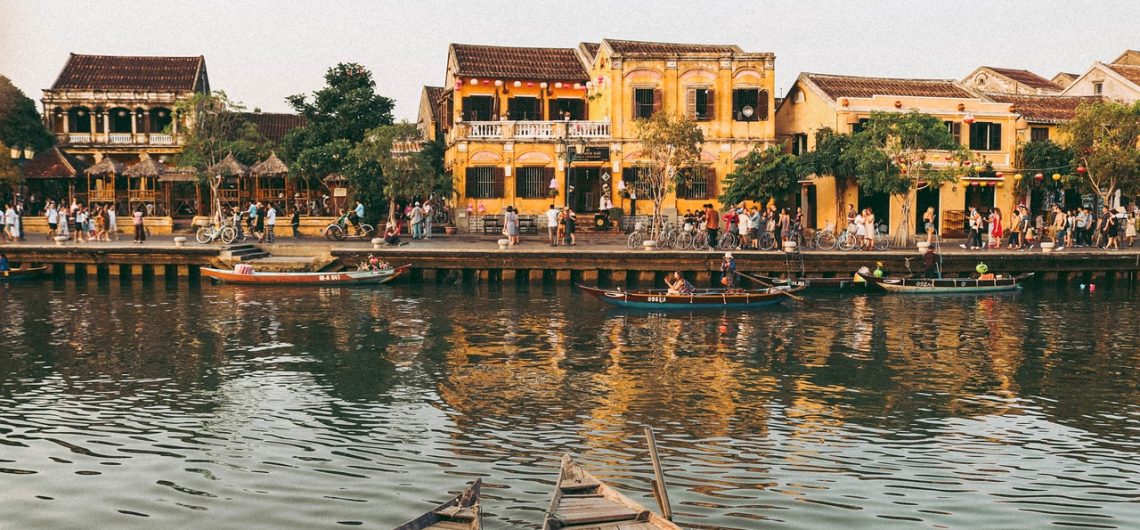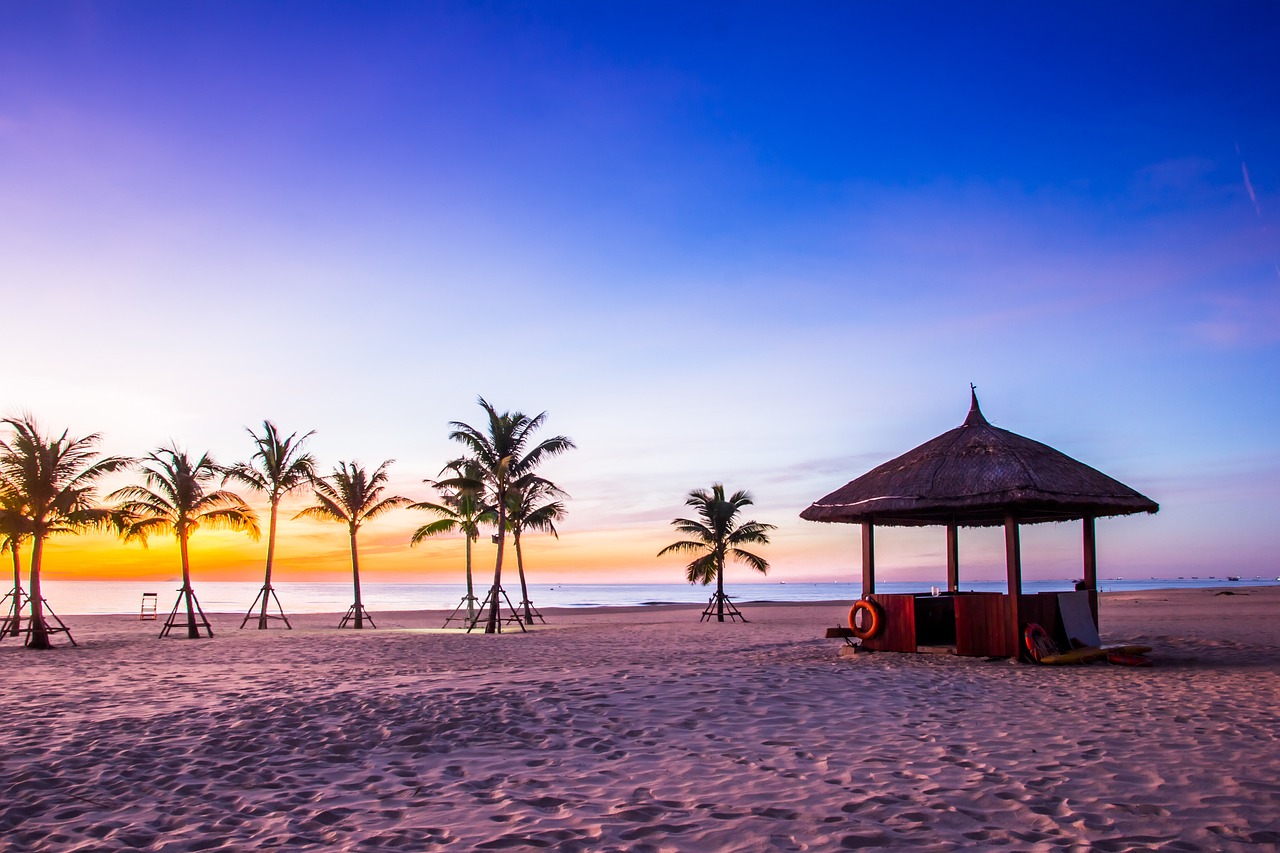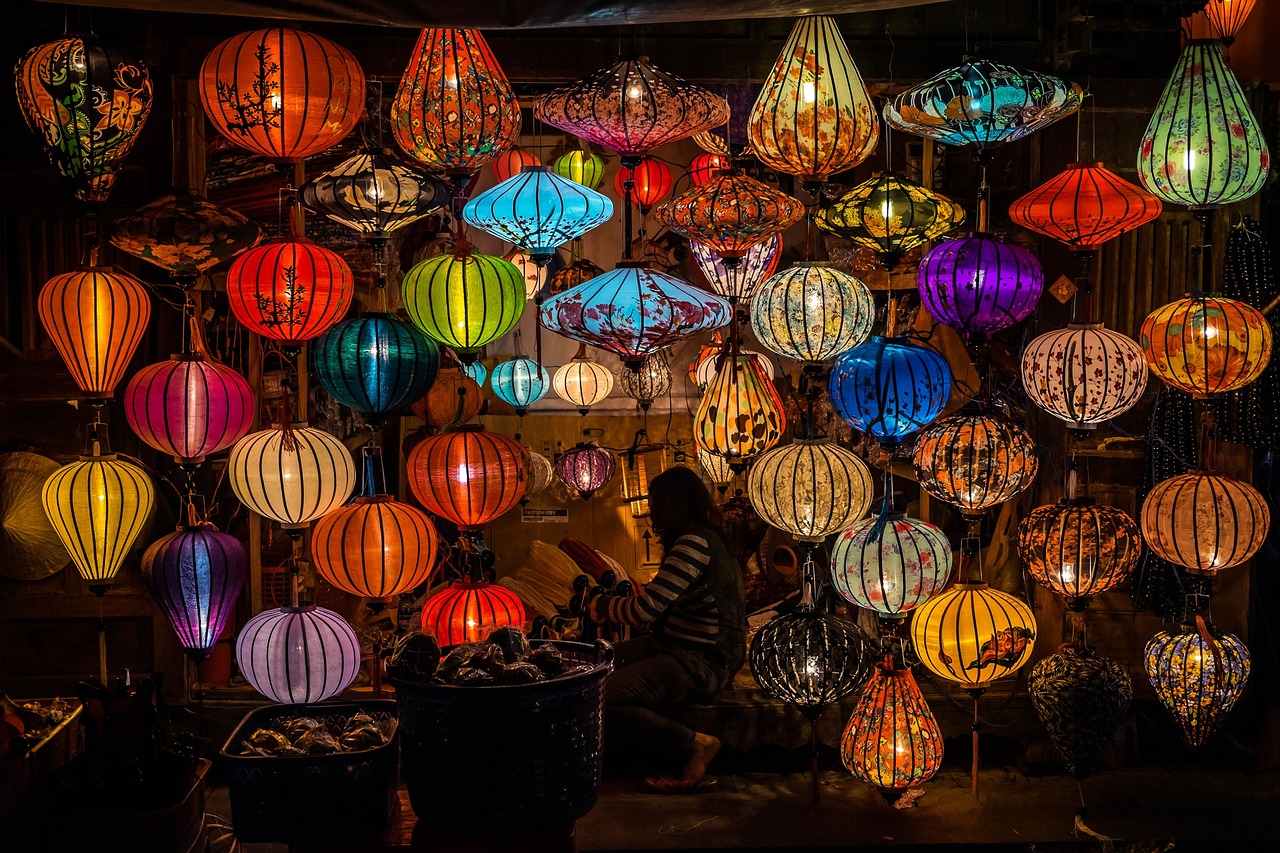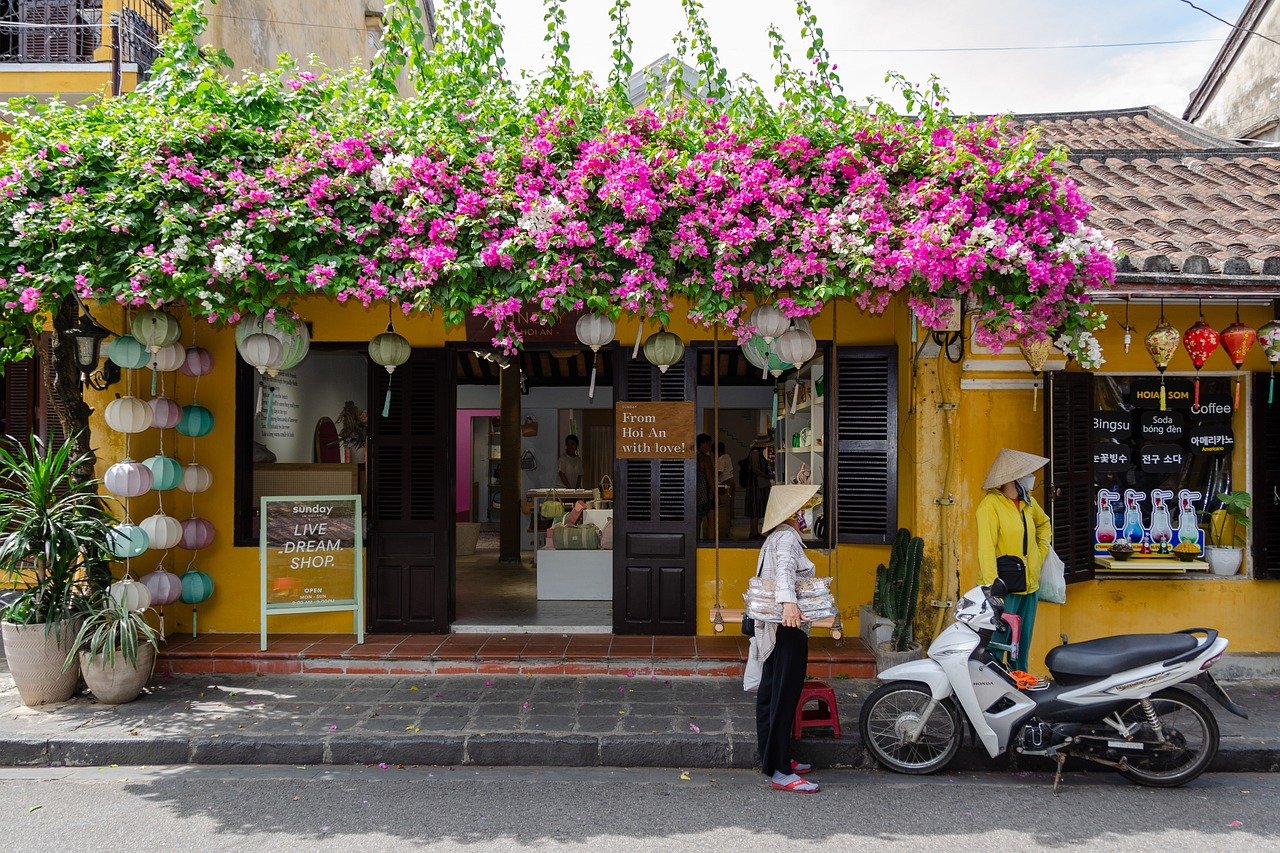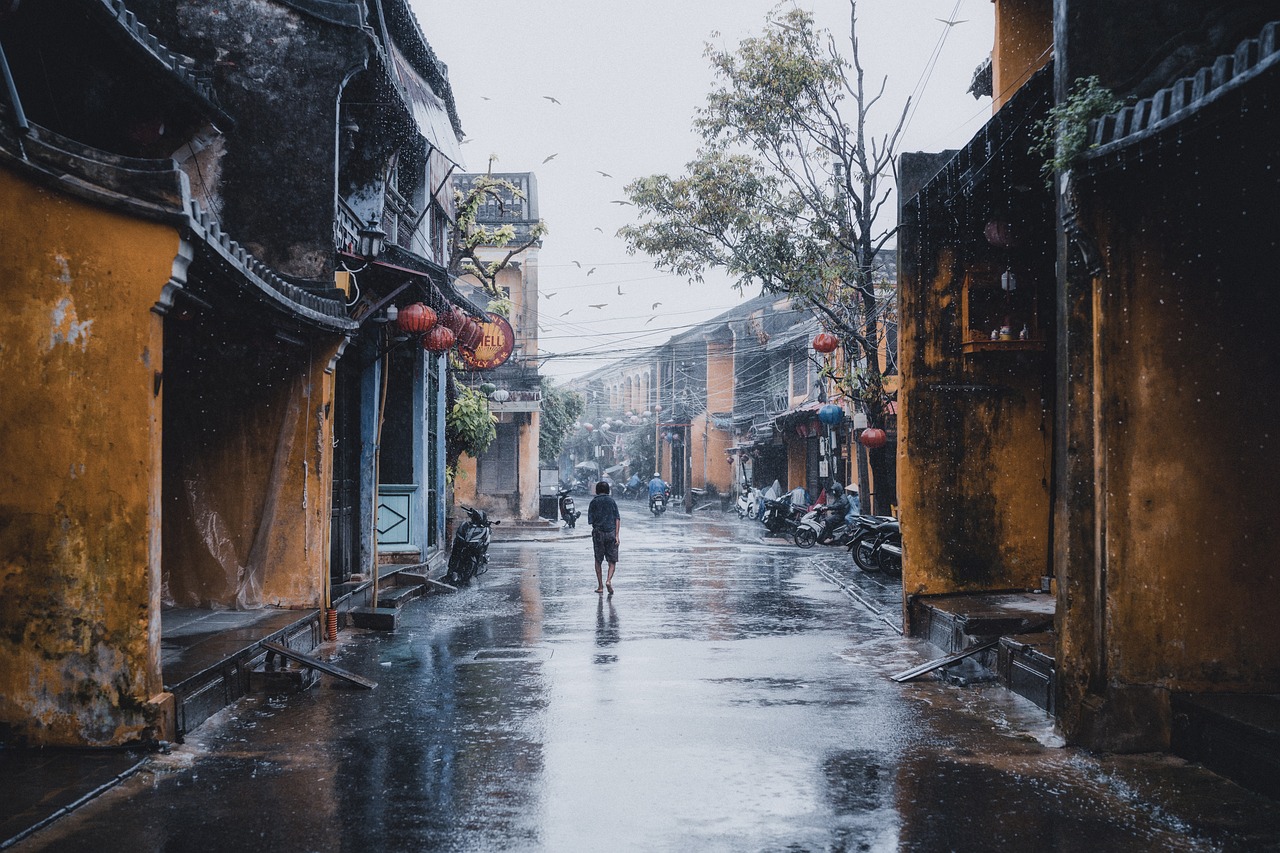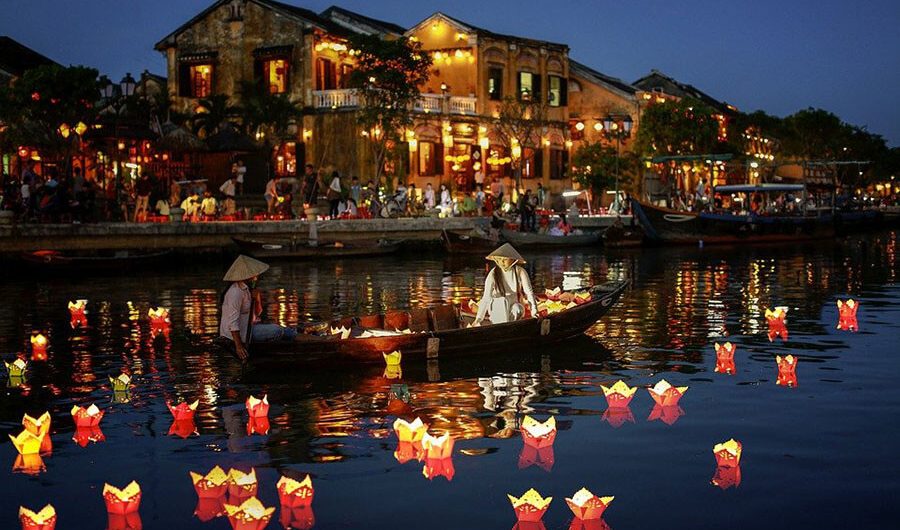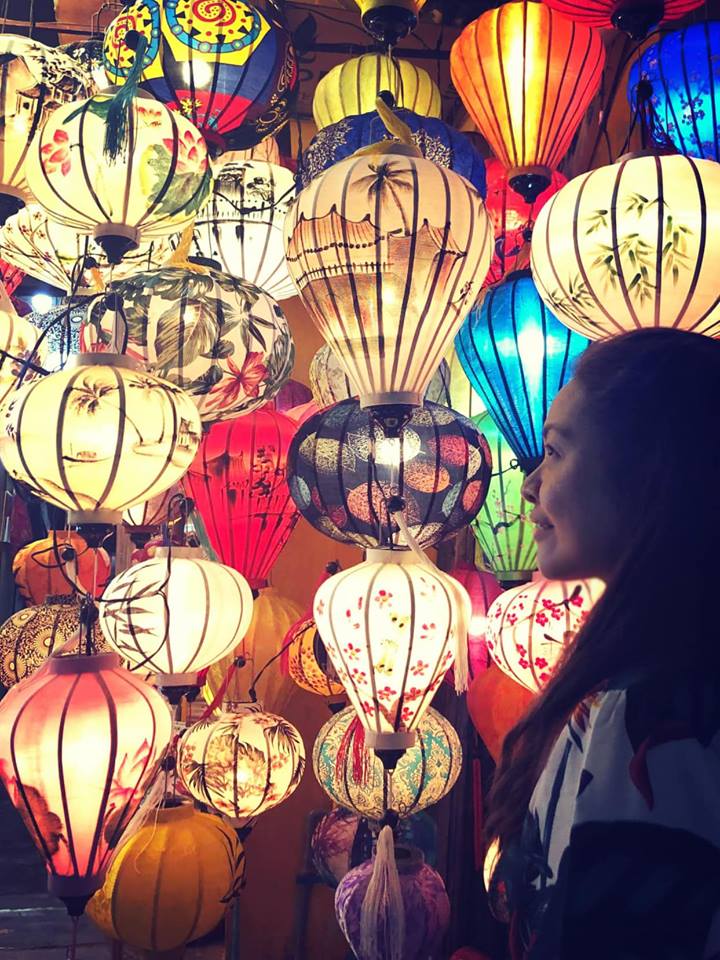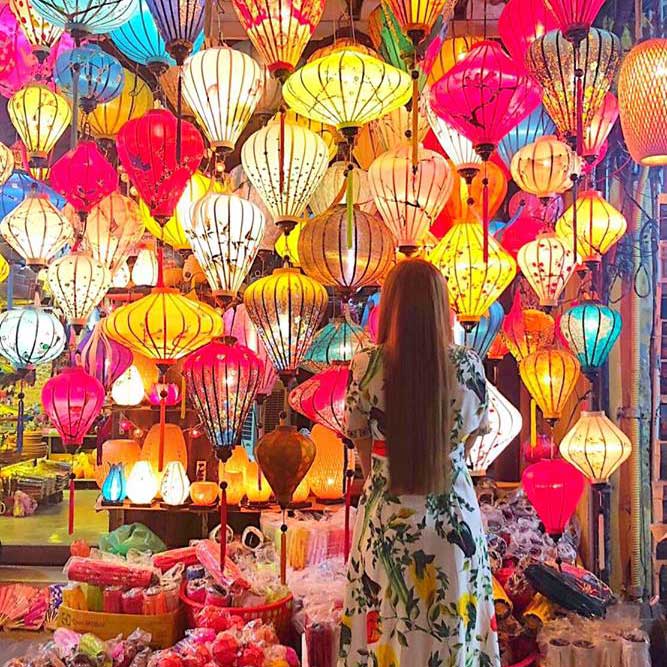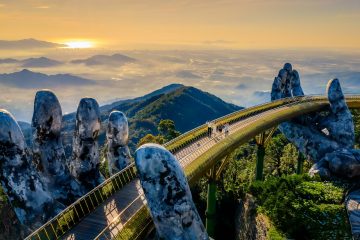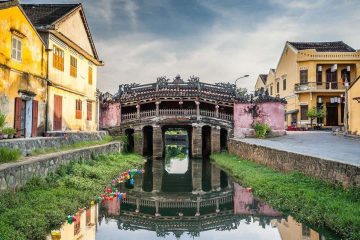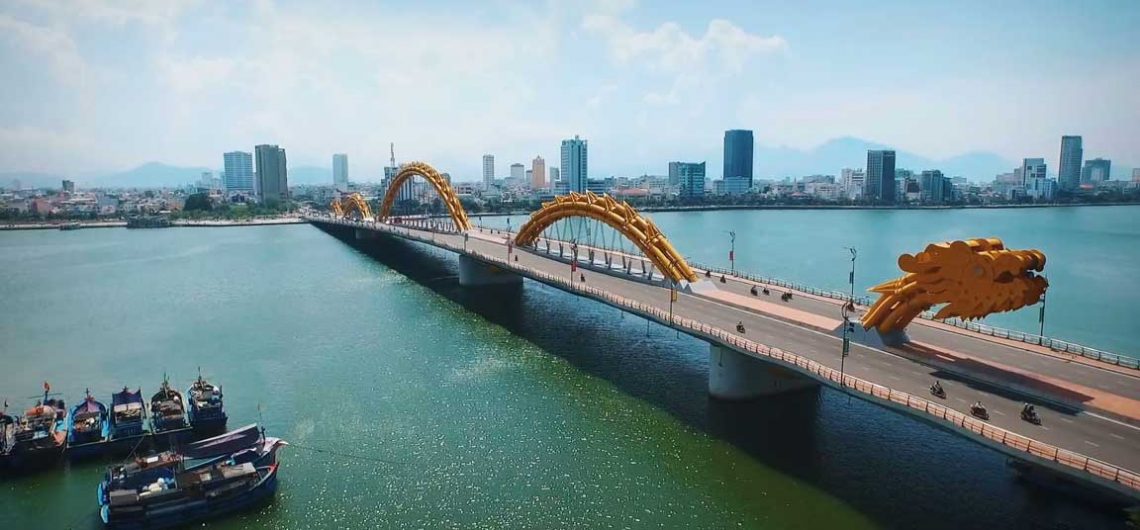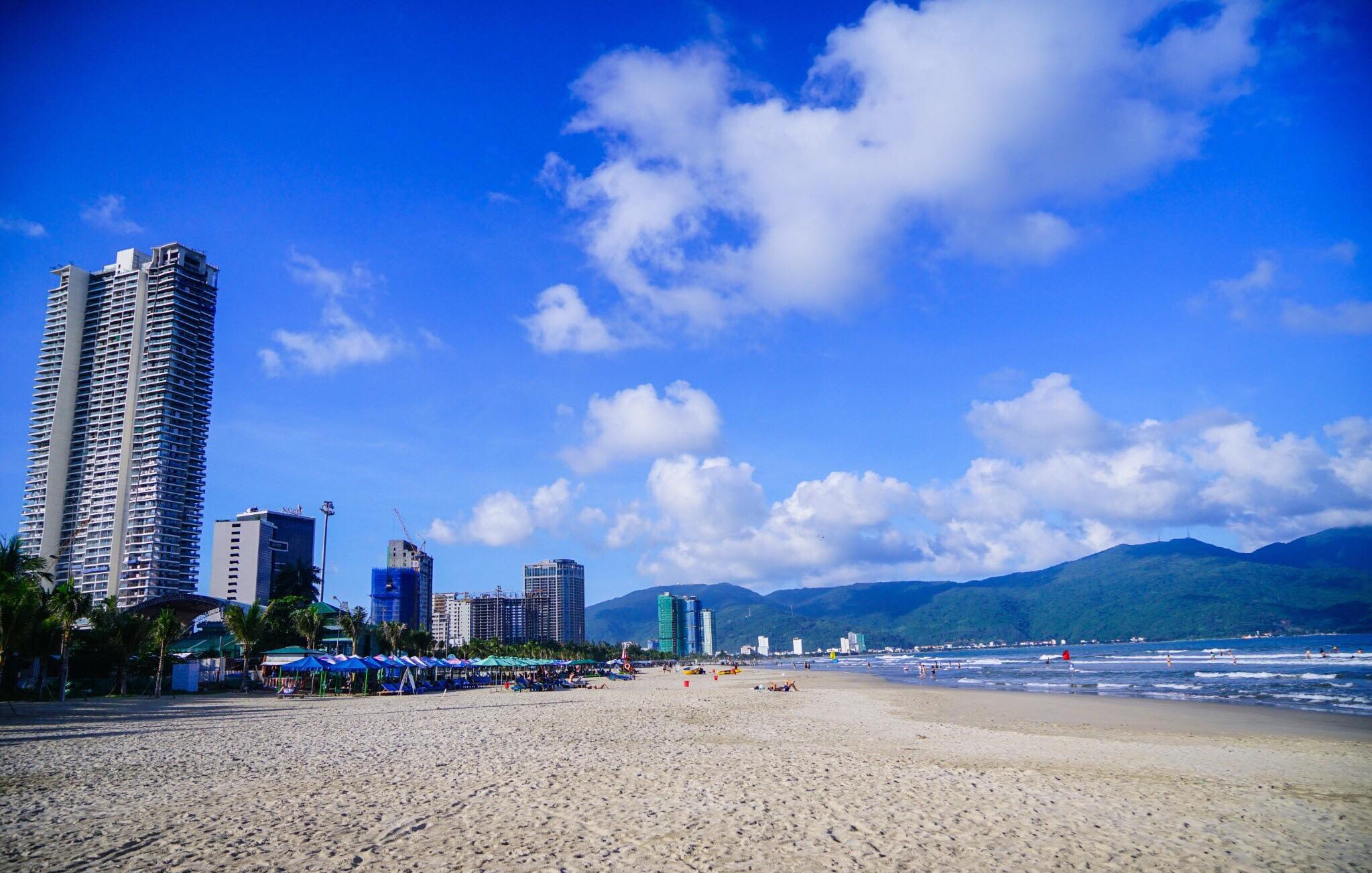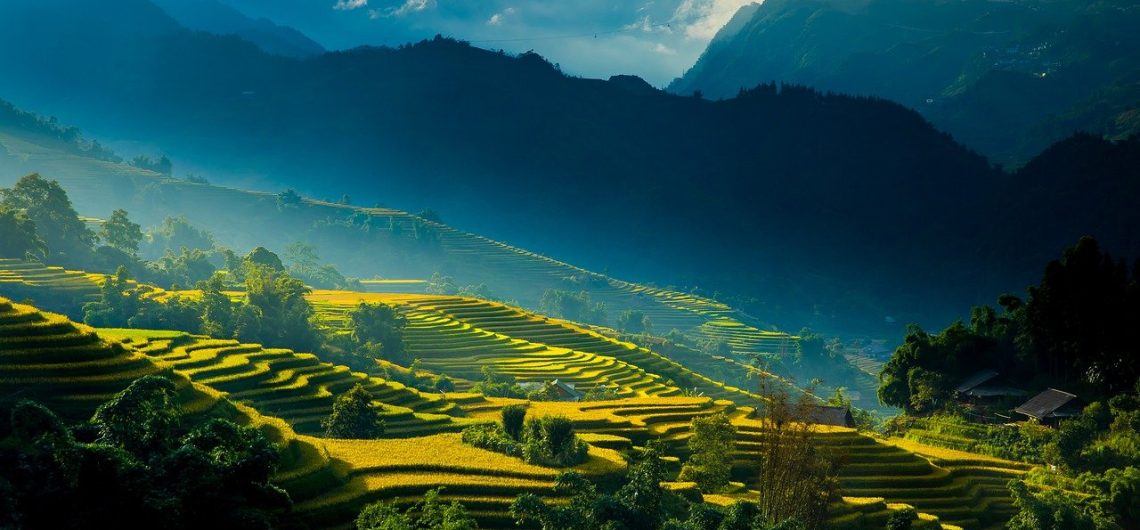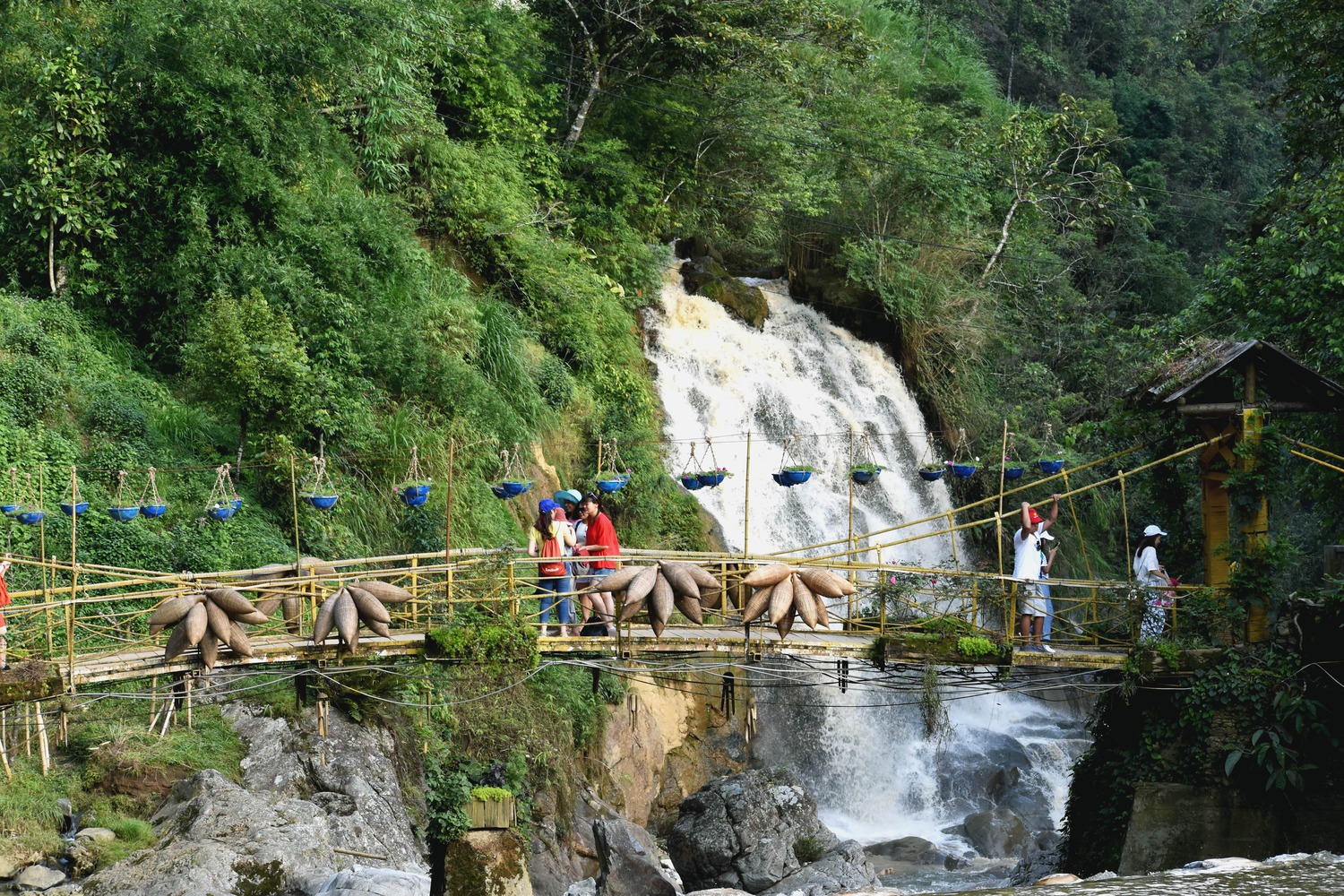Discover the enchanting allure of Ninh Binh with our meticulously crafted Ninh Binh 2 days itinerary! Immerse yourself in the breathtaking beauty of Vietnam‘s hidden gem, where limestone peaks tower over lush green paddies and serene rivers. From the ancient capital of Hoa Lu to the mystical Trang An Grottoes, our journey promises unforgettable adventures and captivating experiences.
Glide through the stunning Tam Coc caves, explore the awe-inspiring Bai Dinh Pagoda, and lose yourself in the tranquility of Cuc Phuong National Park. Join us as we unveil the magic of Ninh Binh, guiding you through the must-see sights and hidden treasures that will make your trip truly unforgettable. Dive into our article and let the adventure begin!
Where is located Ninh Binh ?
Ninh Binh, located in northern Vietnam, is a picturesque province about 90 kilometers south of Hanoi. Often referred to as the “Ha Long Bay on land,” it boasts stunning landscapes of limestone karsts rising from emerald green rice paddies and winding rivers. Visitors can explore the ancient capital of Hoa Lu, take a boat ride through the mesmerizing Trang An Grottoes, and marvel at the beauty of Tam Coc’s caves and pagodas. The area is also home to the majestic Bai Dinh Pagoda, Vietnam‘s largest Buddhist complex, and the serene Cuc Phuong National Park, where nature enthusiasts can hike through dense forests and spot diverse wildlife. Ninh Binh offers a captivating mix of natural wonders, historical sites, and cultural experiences that make it a must-visit destination.
Ninh Binh 2 Days itinerary
Day 1: Exploring Ancient Capitals and Scenic Wonders
Morning:
Arrive in Ninh Binh early in the morning to maximize your adventure time. Check into your cozy hotel and get ready for an exciting day ahead.
Kick off your journey with a visit to Hoa Lu, the ancient capital of Vietnam. Wander through the historic temples dedicated to Emperor Dinh Tien Hoang and Emperor Le Dai Hanh, set against lush, green mountains. Feel the history come alive as you explore the remnants of this once-thriving capital.
For lunch, savor a hearty lunch at a local restaurant. Don’t miss trying the regional specialty, goat meat, prepared in various delectable ways. Let the flavors tantalize your taste buds as you prepare for the afternoon’s adventures.
In the afternoon, head to Trang An, a UNESCO World Heritage Site. Hop on a traditional sampan boat and glide through a labyrinth of rivers, caves, and lush valleys. The serene scenery and mystical caves will leave you spellbound. Keep your camera ready for stunning photo opportunities.
Visit Bai Dinh Pagoda, the largest Buddhist complex in Vietnam. Wander through the massive complex, marvel at the giant Buddha statues, and soak in the tranquil atmosphere. Don’t forget to ring the giant bronze bell for good luck.
Day 2: Nature and Cultural Immersion
After a hearty breakfast, make your way to Tam Coc, often referred to as “Ha Long Bay on land.” Embark on a serene boat ride along the Ngo Dong River, passing through three stunning limestone caves. The picturesque landscape of rice paddies and karsts will leave you in awe.
Visit Bich Dong Pagoda, a series of ancient pagodas nestled into a mountainside. Climb the stone steps to enjoy panoramic views of the surrounding countryside. The blend of natural beauty and ancient architecture is truly captivating.
Lunch at local restaurant.
Spend your afternoon exploring Cuc Phuong National Park, Vietnam’s oldest national park. Hike through dense forests, visit the Endangered Primate Rescue Center, and marvel at the thousand-year-old tree. The park’s rich biodiversity will delight nature enthusiasts.
Cap off your day with a visit to Mua Cave. Climb the 500 steps to the summit for a breathtaking panoramic view of Tam Coc and the surrounding area. The view is especially stunning during sunset, offering a perfect end to your adventure.
This detailed Ninh Binh 2 days itinerary ensures you experience the natural beauty, historical richness, and cultural depth of Ninh Binh, making your trip truly memorable.
